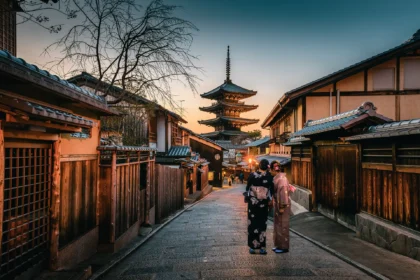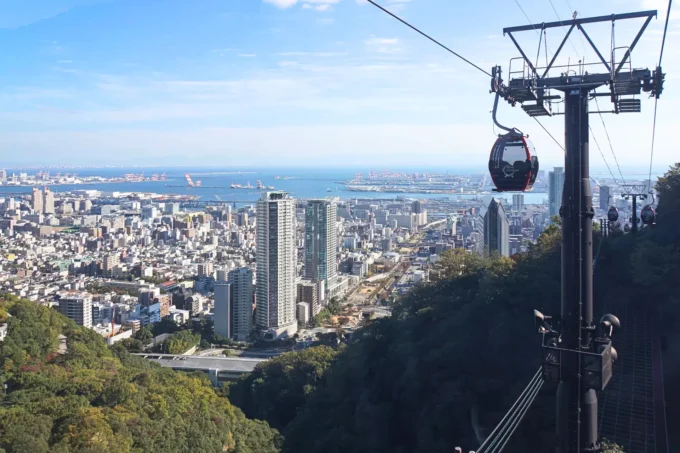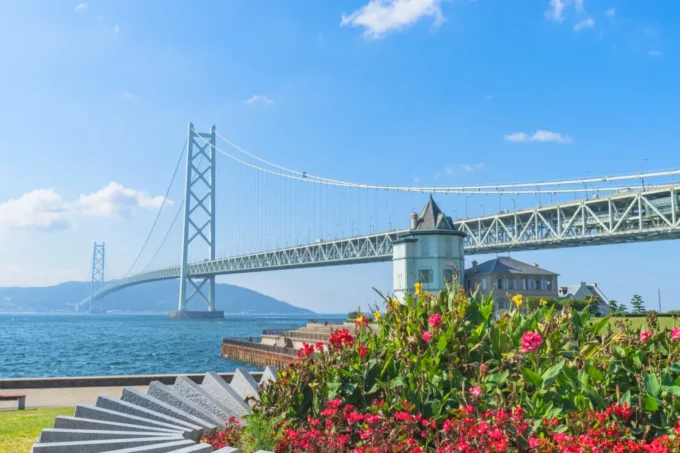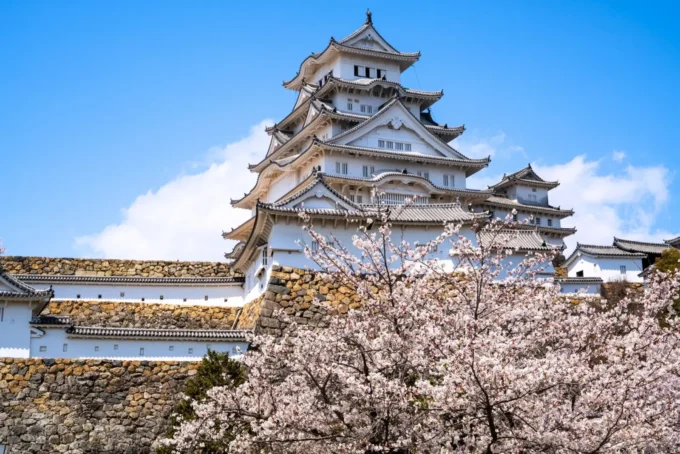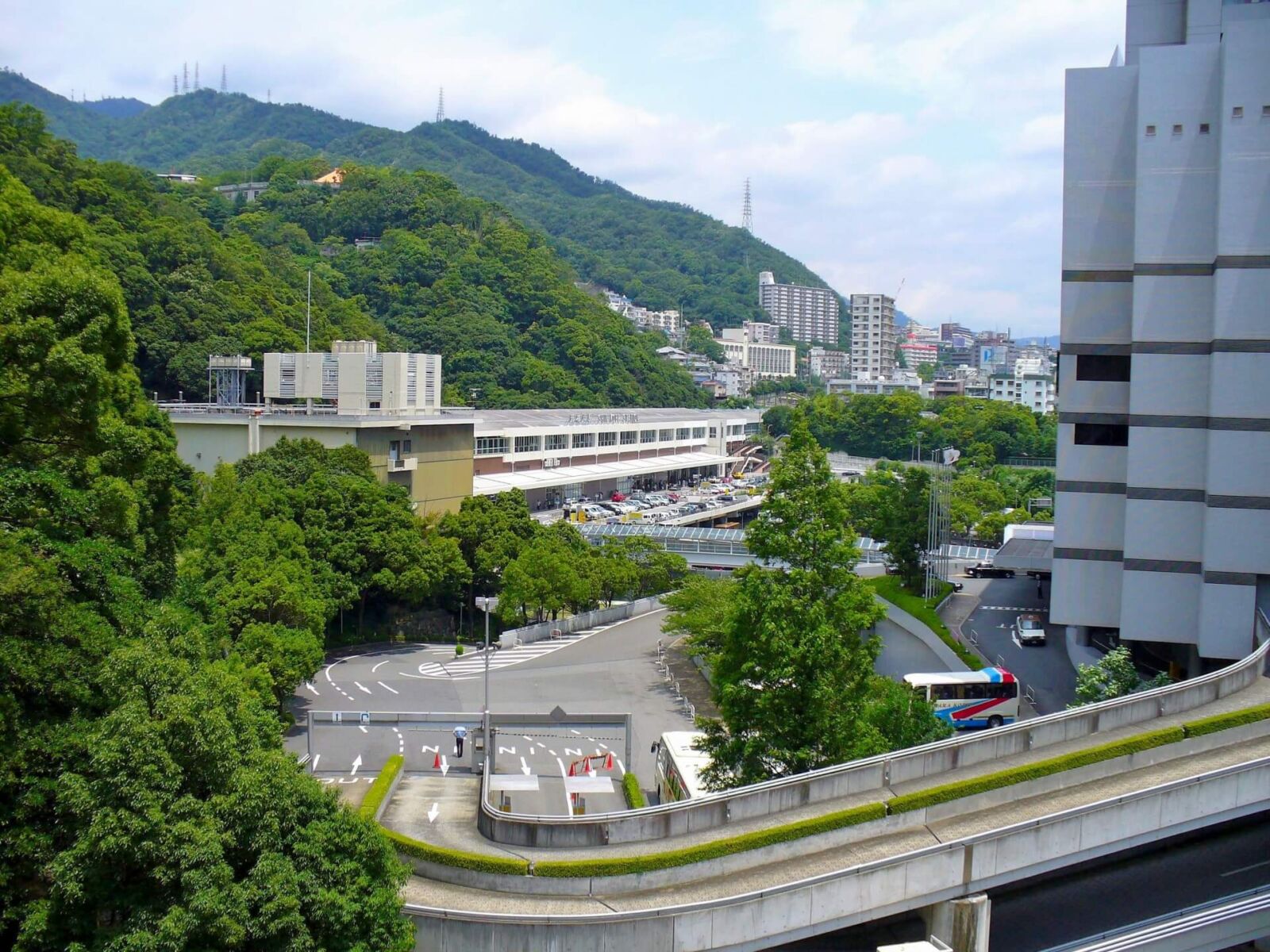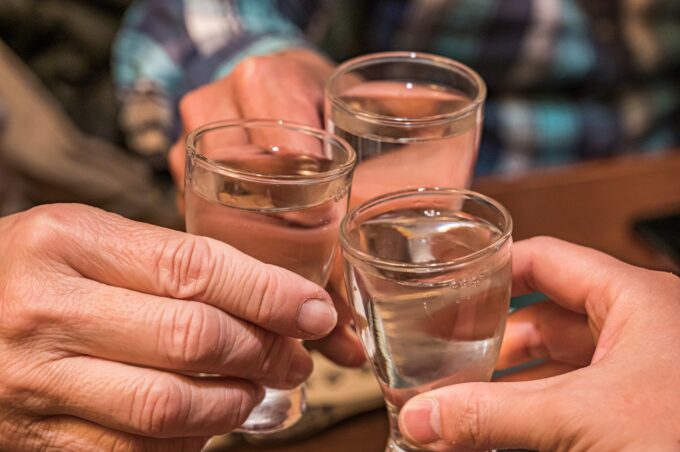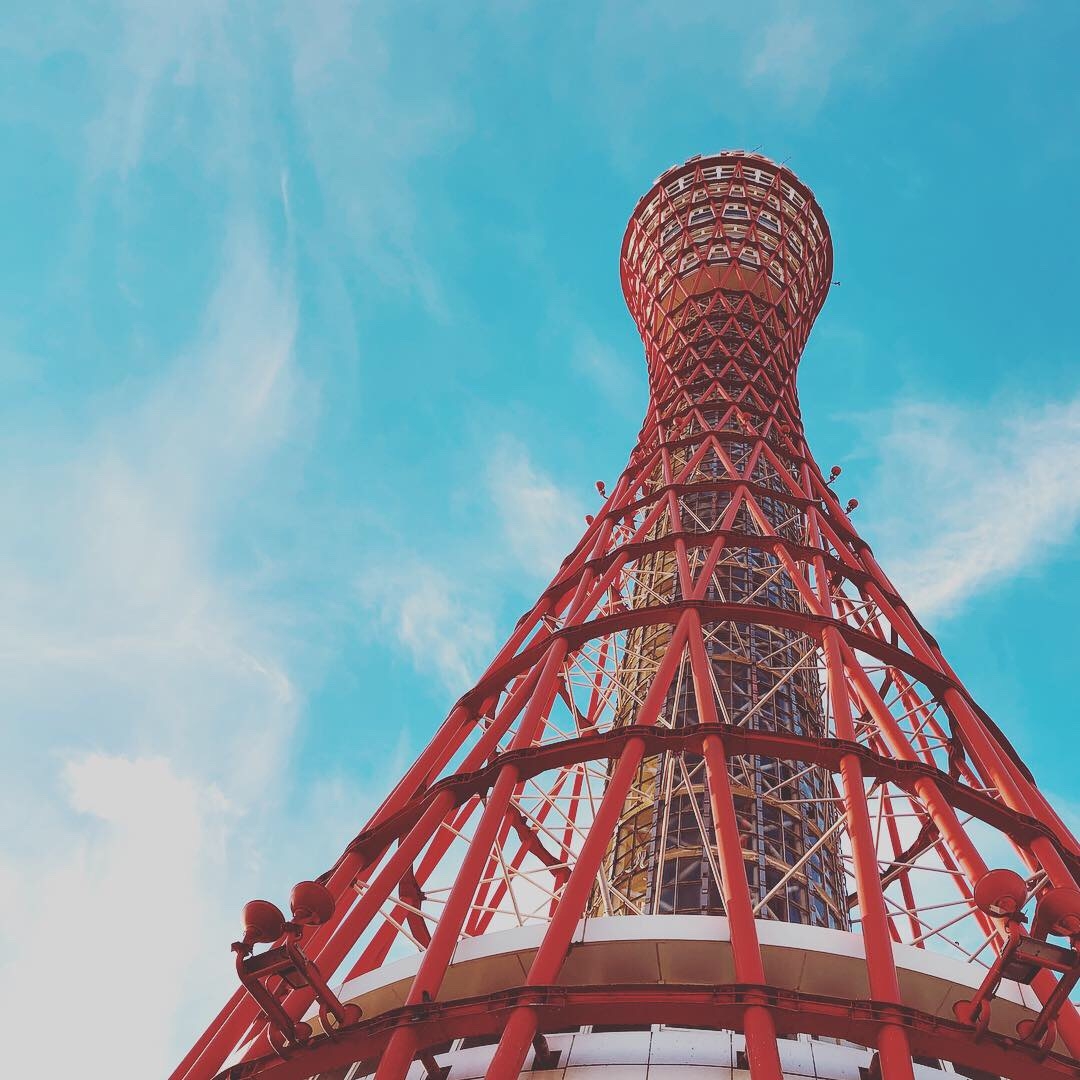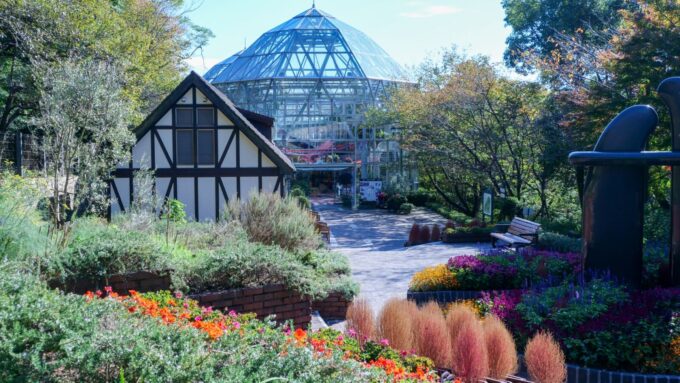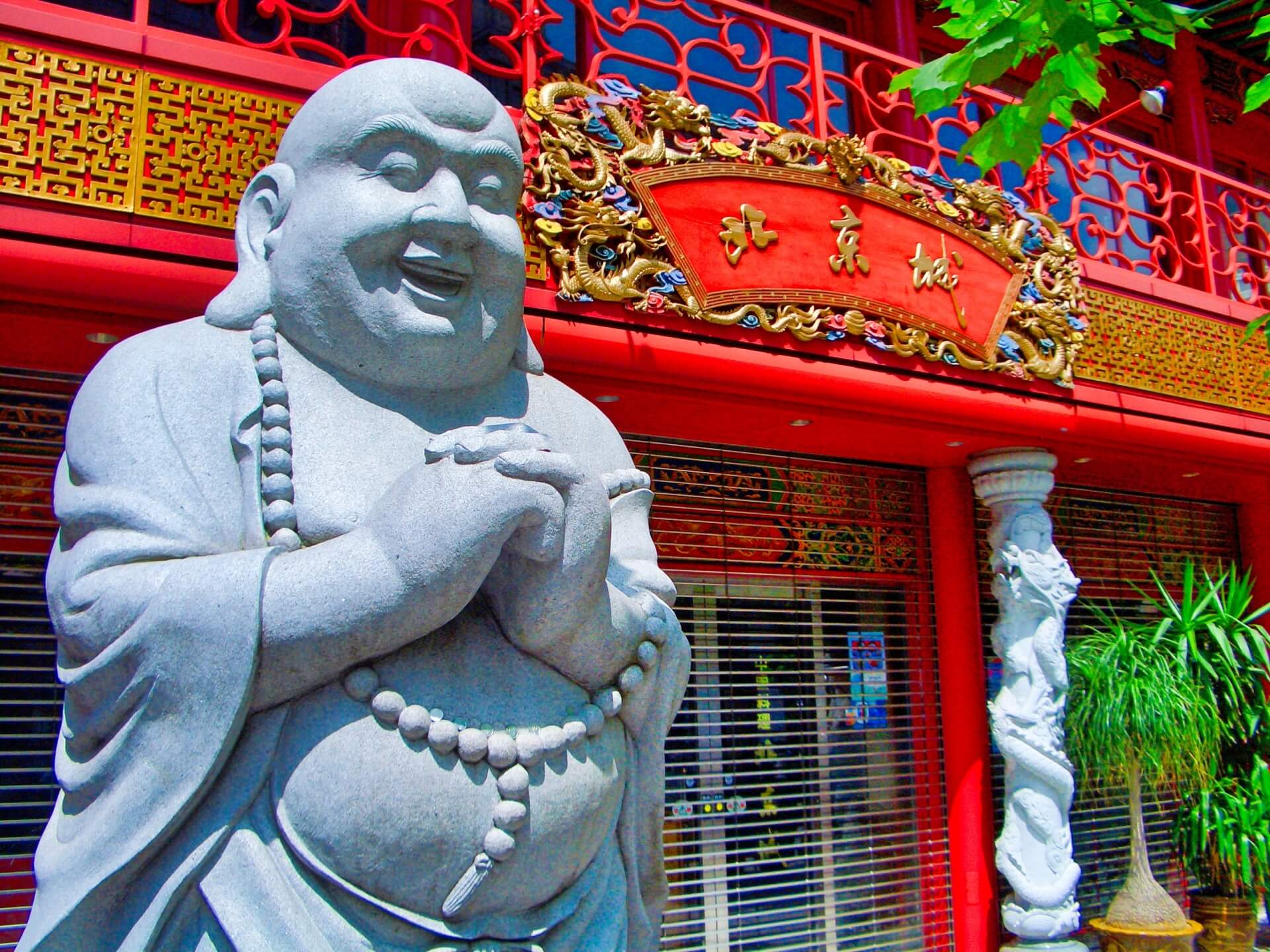
The port city of Kobe lies within easy reach of Osaka and offers visitors an enticing mix of new and old, with the it’s Nankinmachi ‘Chinatown’ district and famous ‘Kobe Beef’ offering some very tasty reasons to visit. On this page you will find the following information:
Kobe has long been an important port city that to this day functions as a major trade hub on Osaka Bay. One of the first areas of the country to open to foreigners following the Meiji Restoration, the city is an interesting mix of international influences including its historic Kitanocho and Nankinmachi districts, good food and some of Japan’s best ‘sake’.
Discover the best of Kobe in just one day with our guided walking tour. Explore the stunning Nunobiki Herb Garden nestled in the mountains, then dive into the rich culture and history of Kobe as you visit the city's vibrant sake district, lively Chinatown, and picturesque harbor.
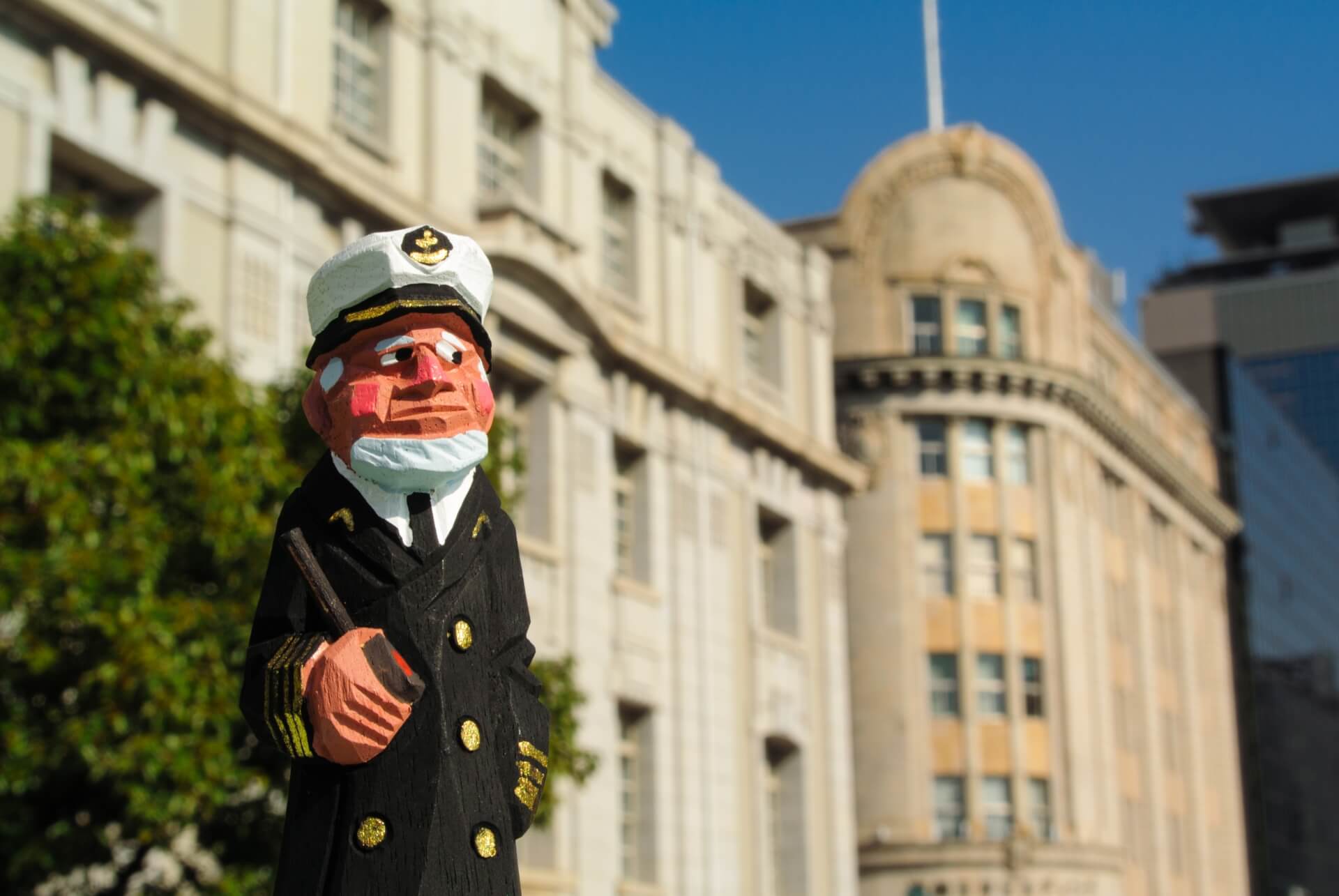
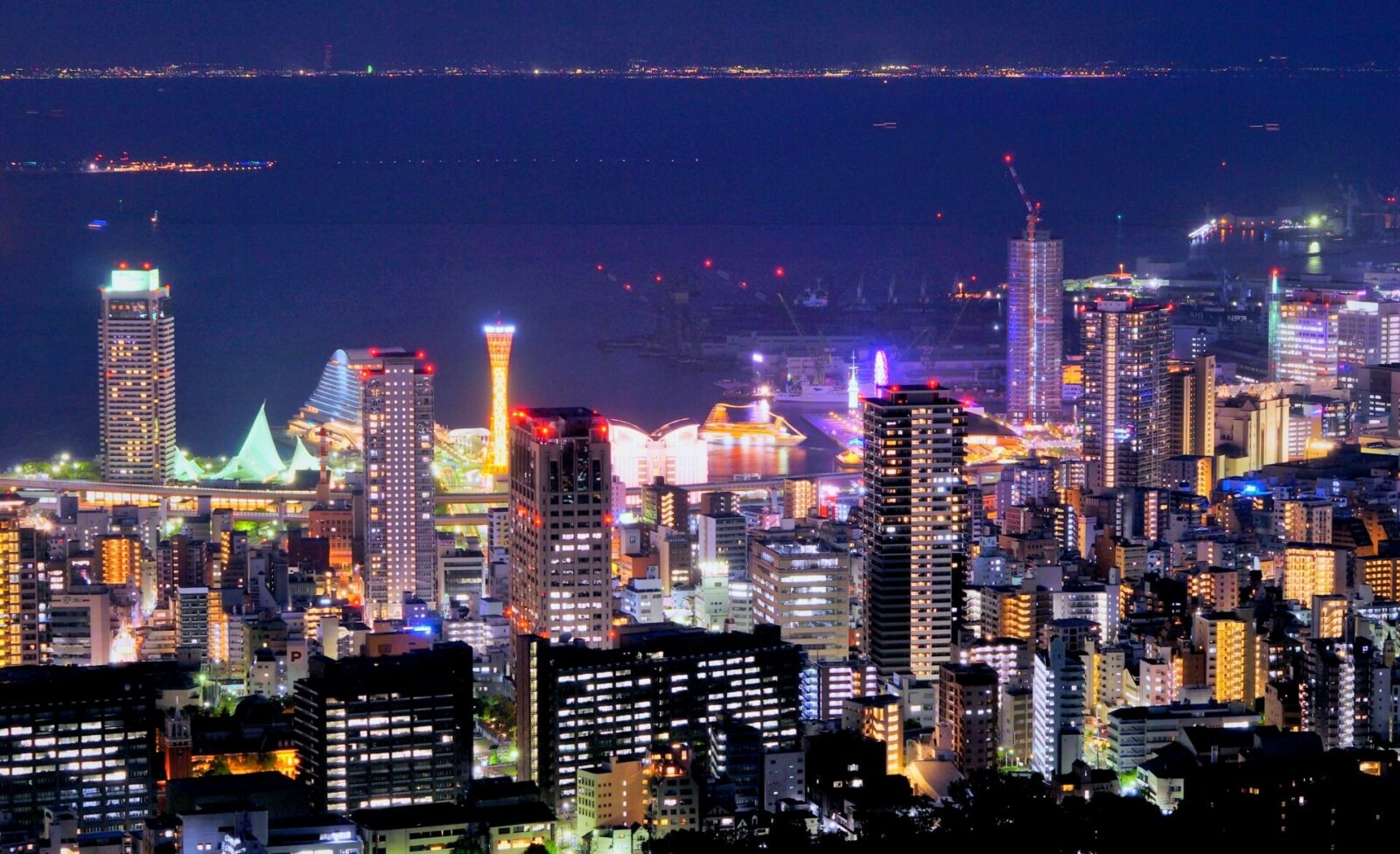
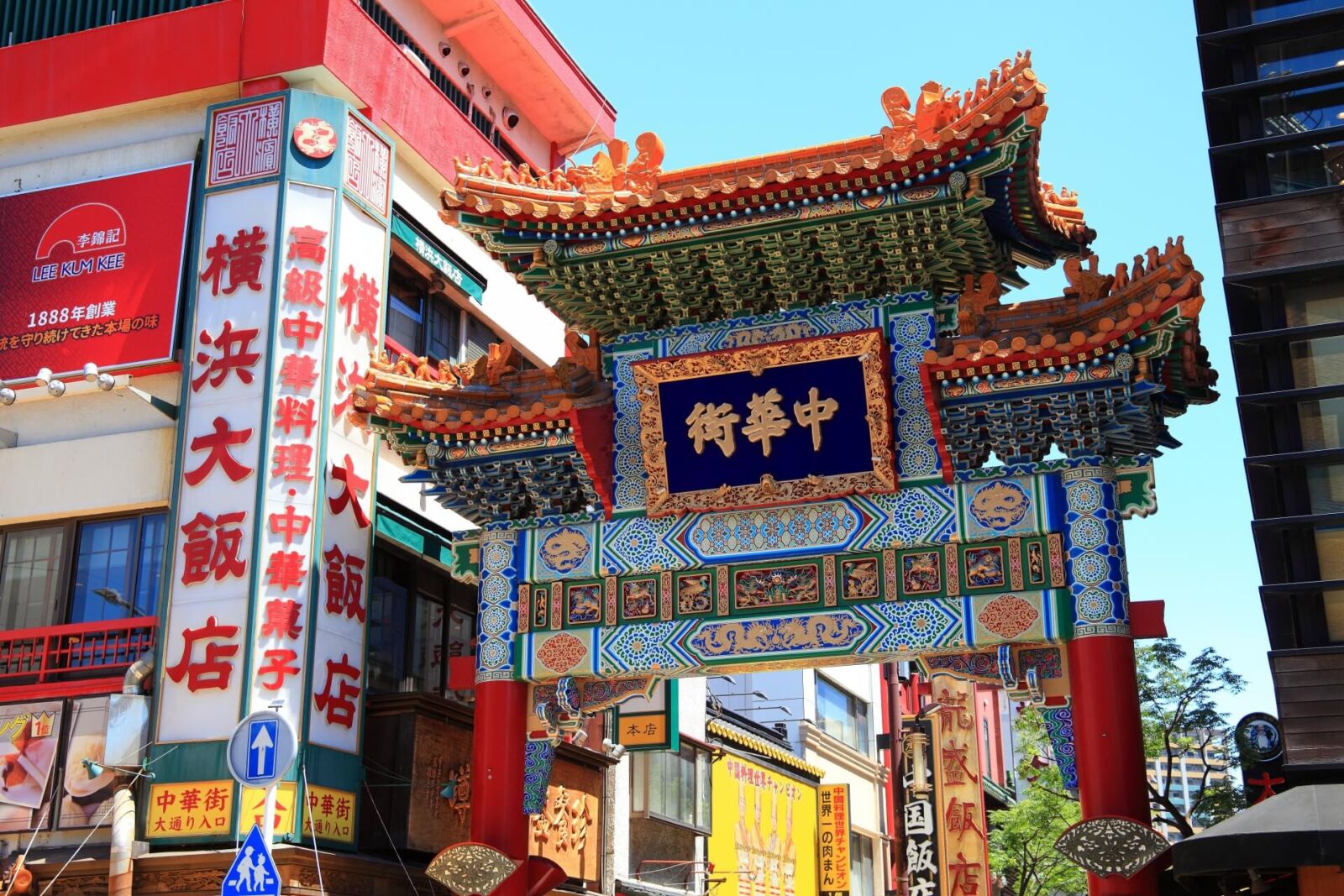
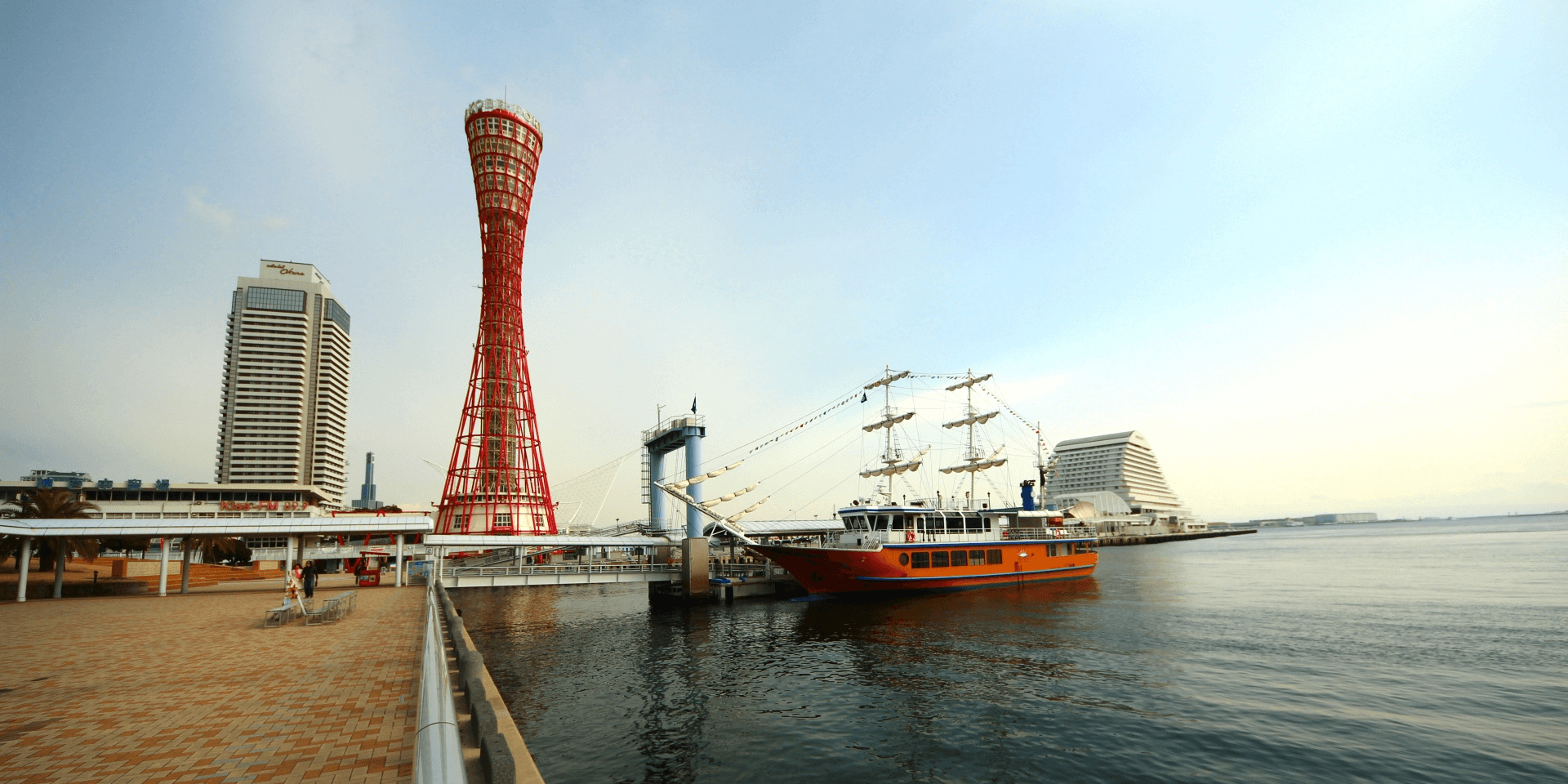
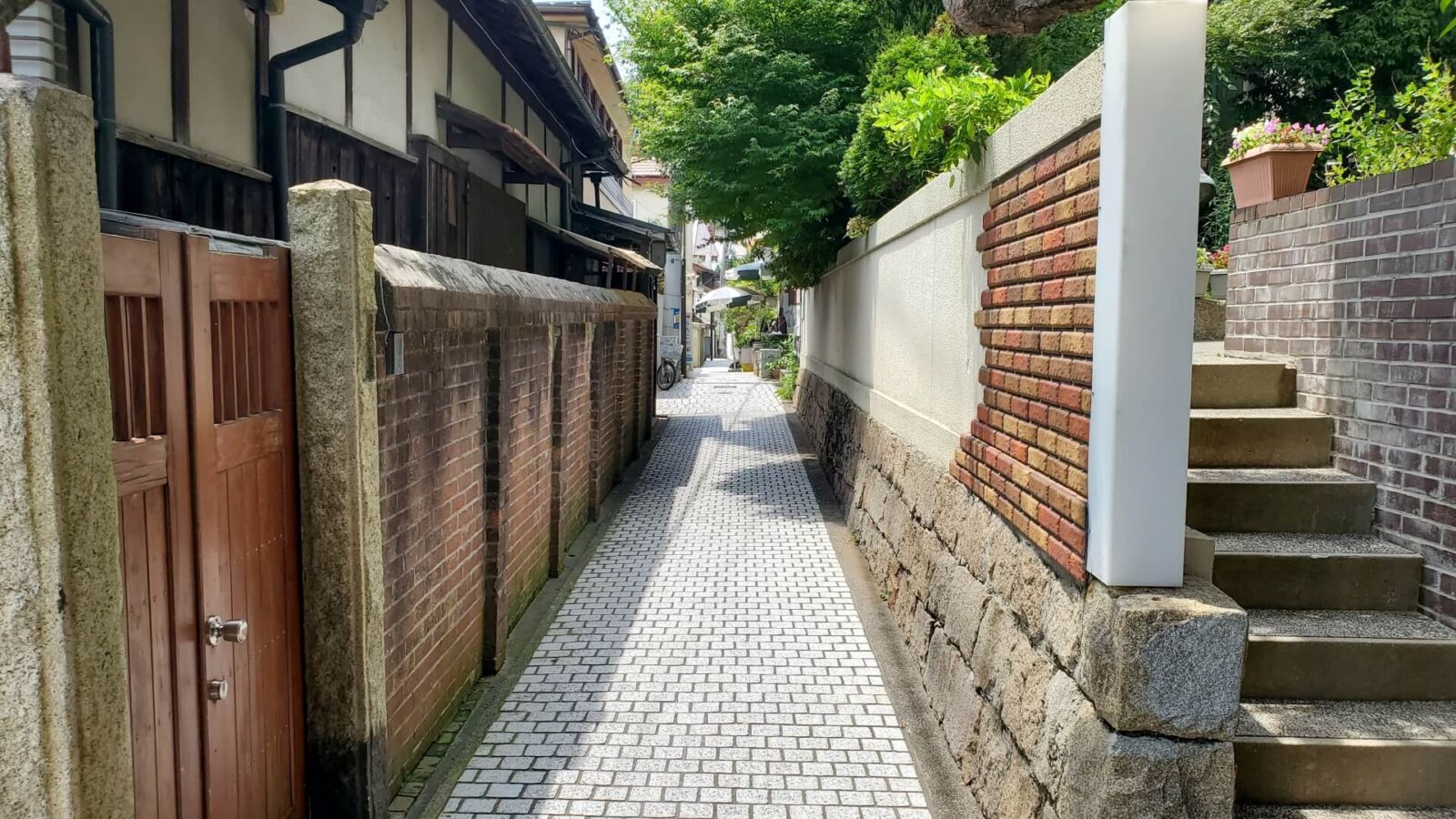
The 1995 earthquake that devastated large sections of the city is just as much part of Kobe’s history and character – a city that takes pride in the determination it showed in rebuilding itself into the prosperous and modern place it is today. The city’s earthquake museum offers and memorials commemorate this part of Kobe’s history and are well-worth exploring if you have the time.
Where is Kobe?
Kobe is a port city located around 35km / 40 minutes drive to the west of Osaka. The two cities are connected by the San’yo Shinkansen running from Shin-Osaka Station to Shin-Kobe Station – taking only 12 minutes, there are frequent services everyday – or rapid and local services running from Osaka Station to JR Sannomiya Station – taking between 20 to 40 minutes, depending on which you choose. As such, Kobe can be enjoyed as a day-trip from Osaka or by staying overnight to enjoy the city’s many attractions.
15 Best Things To Do In & Around Kobe
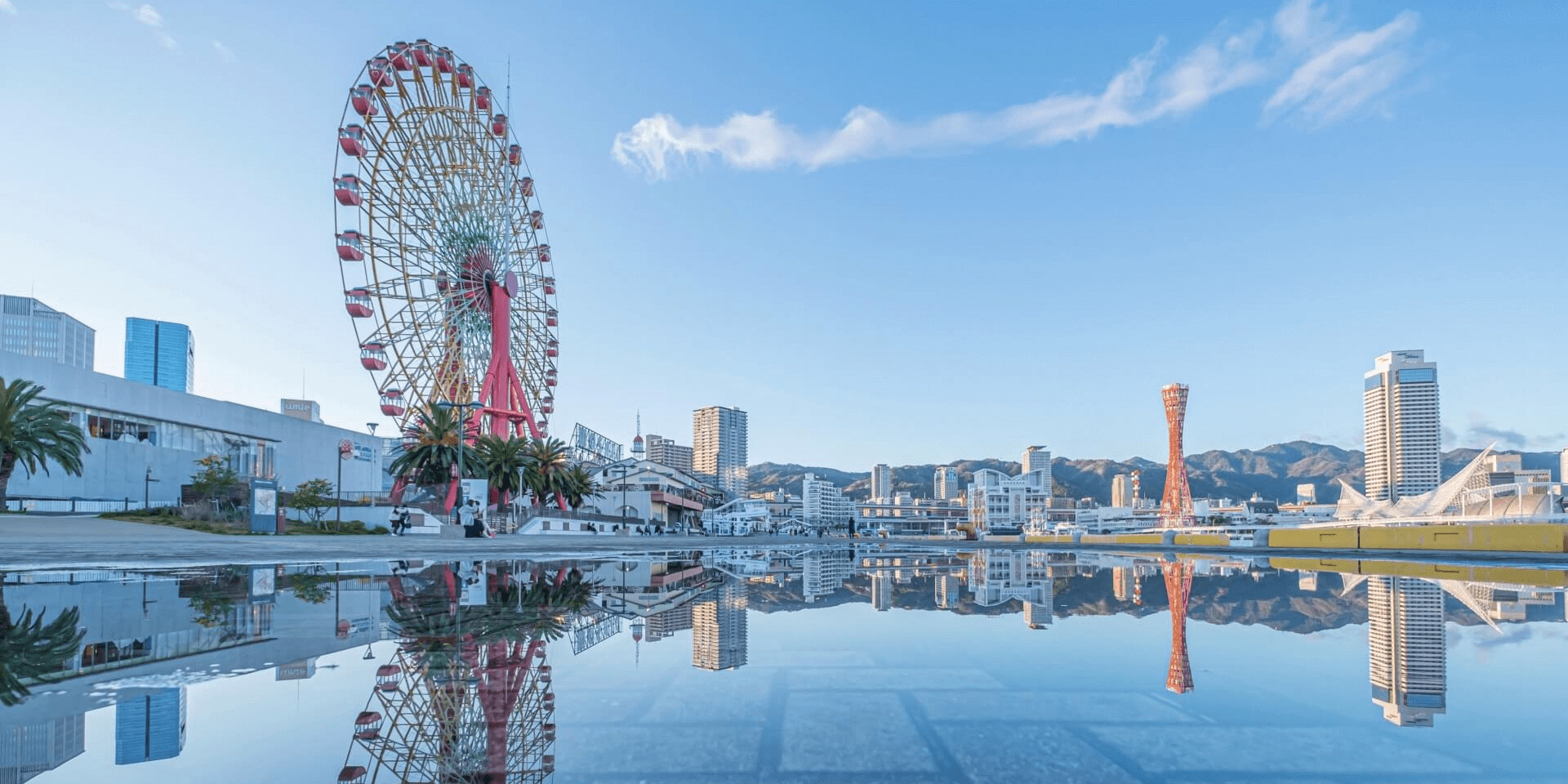
Sitting on Osaka Bay and within easy reach of its larger neighbour, Kobe is often overlooked by international visitors as they move from the more popular destinations of Osaka and Hiroshima. Those who do head to Kobe discover a vibrant city, much of which can be explored on-foot including its historic districts of Kitanocho and Nankinmachi, the modern bay district, or a little further afield, and the ‘sake’ district of Nada. Let’s start with the most central area, where you’ll find plenty to do:
1 / SANNOMIYA-MOTOMACHI AREA / all year round
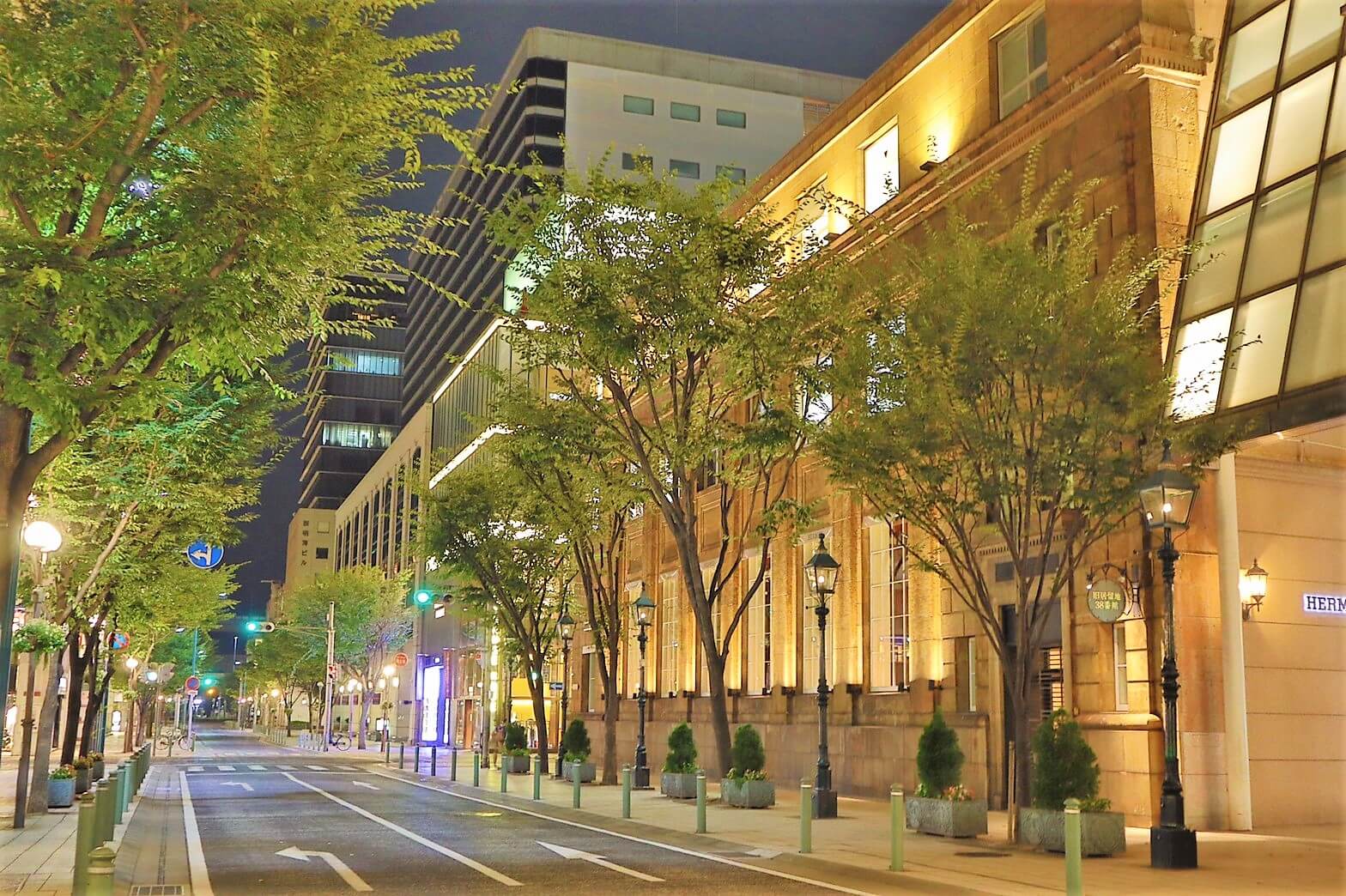
The Sannomiya-Motomachi area of Kobe is located in and around Sannomiya Station and Motomachi Station, and boasts many of the destinations and attractions that will most appeal to international visitors. It is divided into several distinct areas including the Nankinmachi, Kitanocho and Bay and Harbour districts. Each district has its own history and character, reflecting Kobe’s heritage as a port city and major trade hub. Hugely damaged by the ‘Great Hanshin-Awaji Earthquake’ of 1995, large areas of the city such as the Bay District have been reconstructed over the past 25 years creating an interesting blend of historic and modern – including a couple of fantastic museums - that have helped redefine Kobe as one of Japan’s most liveable cities. The Torwest and Sakaemachi neighbourhoods of the area – sitting between Sannomiya and Motomachi are known for their boutique shops, cafes, restaurants and small galleries – a great place to start as you explore the city. For accommodation listings in and around Sannomiya, see 'Best Areas to Stay in Kobe' below.
2 / KITANOCHO DISTRICT / all year round
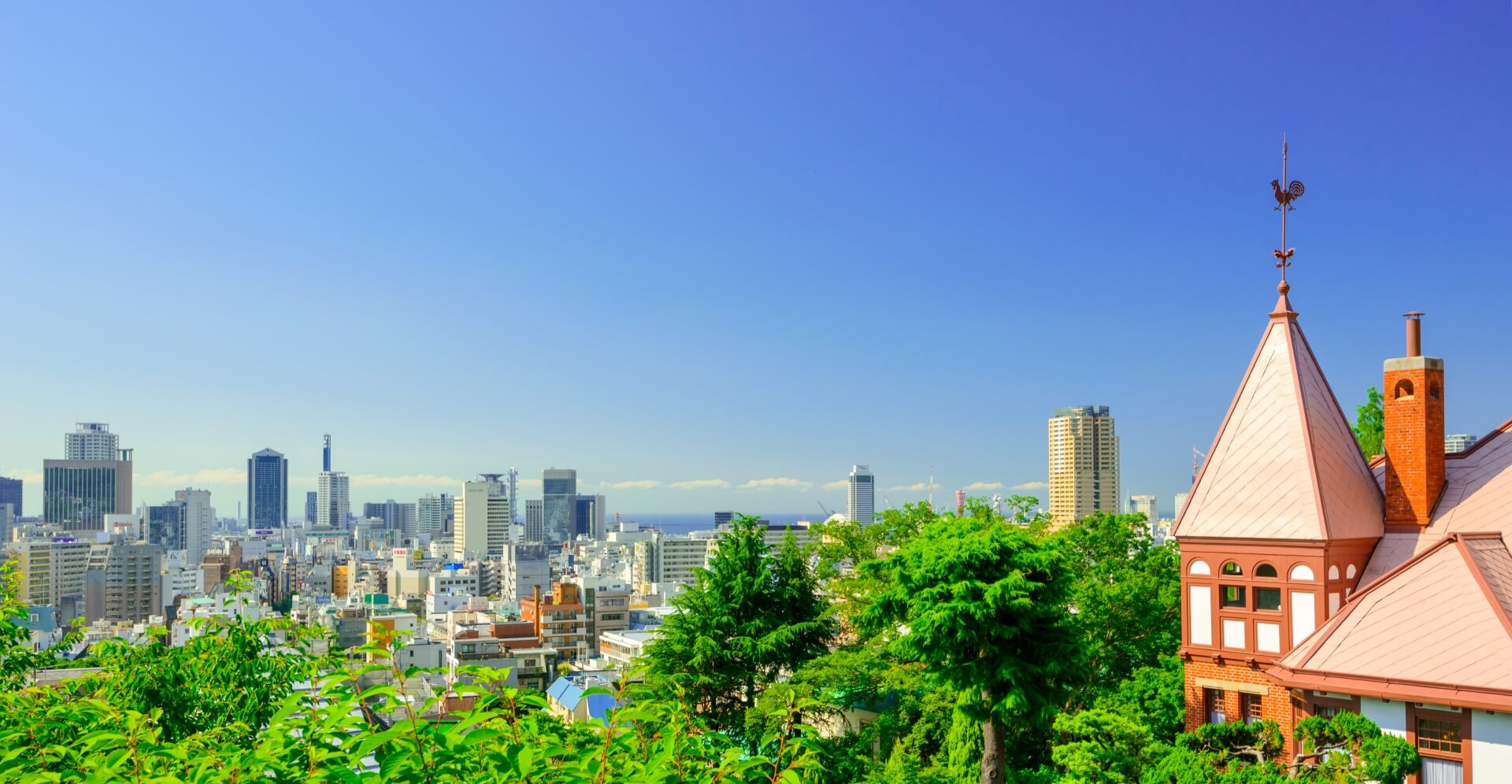
Under 15 minutes walk from Shin-Kobe Station and sitting to the north of Sannomiya station, the Kitanocho district of Kobe is home to 19th and early-20th century residences of foreigners who resided in the city. Following the opening of the Port of Kobe following the Meiji Restoration of 1868, foreigner traders and diplomats resided in this area, with many beautifully-preserved ‘ijinkan’ houses remaining to this day. Of them, the ‘Weathercock House’ is the best-known. Most houses charge between JPY500 to JPY750 for admission and the area is home to many cafes, restaurants and shops making it fun to explore on-foot.
3 / NANKINMACHI ‘CHINATOWN’ DISTRICT / all year round
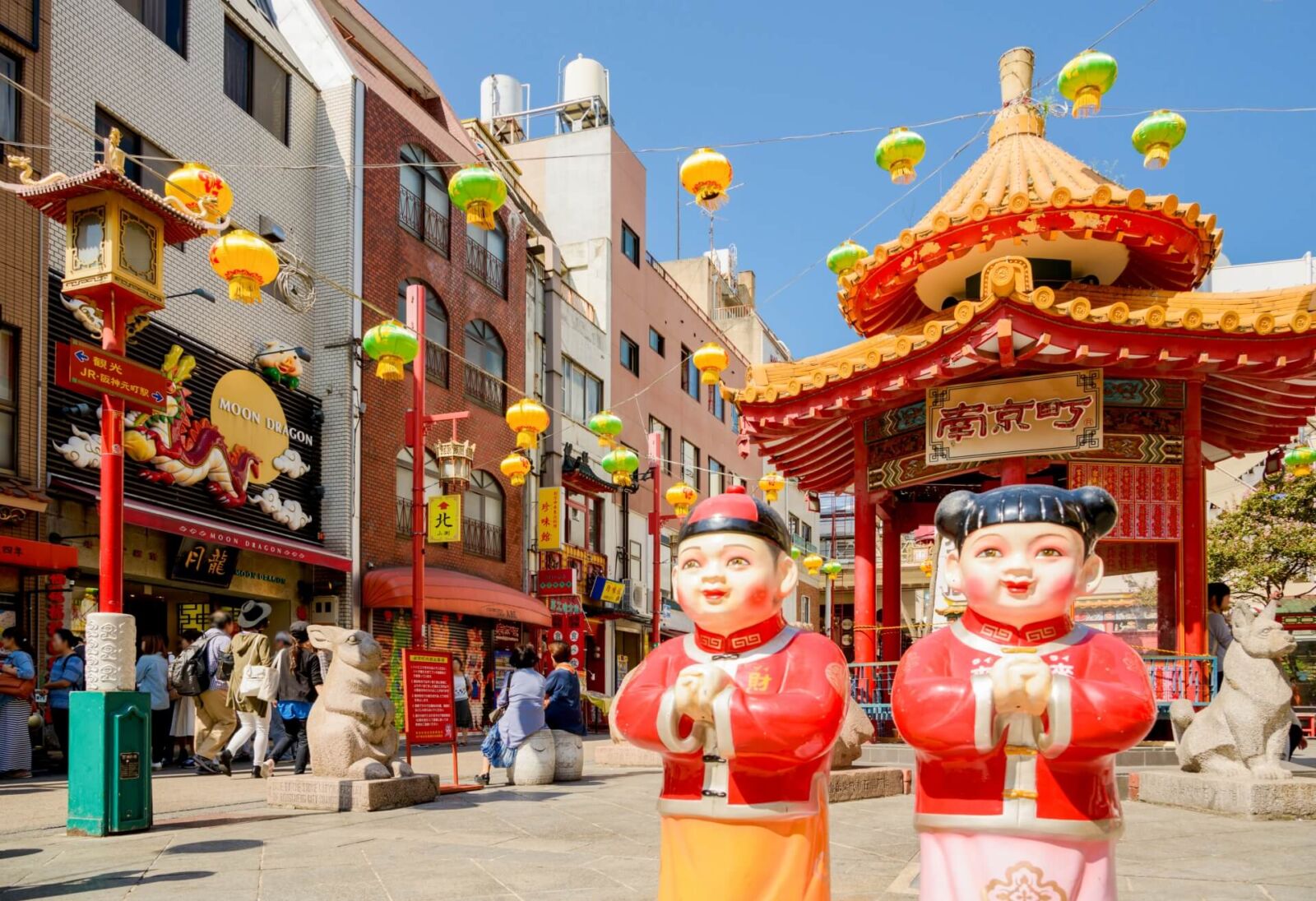
Named after Nanjing, the former Chinese capital, the ‘Nankinmachi’ district of Kobe is one of Japan’s most vibrant and celebrated Chinatown district. It is the heart of the Chinese community in the Kansai region of Japan and offers some of Kobe’s best dining with numerous restaurants and vendors to choose from. While most of the cuisine is modified to suit Japanese taste, you’ll find the usual array for enticing Chinese staples including ‘baozi’ meat buns, ‘shumai’ pork dumplings, ramen and so much more.
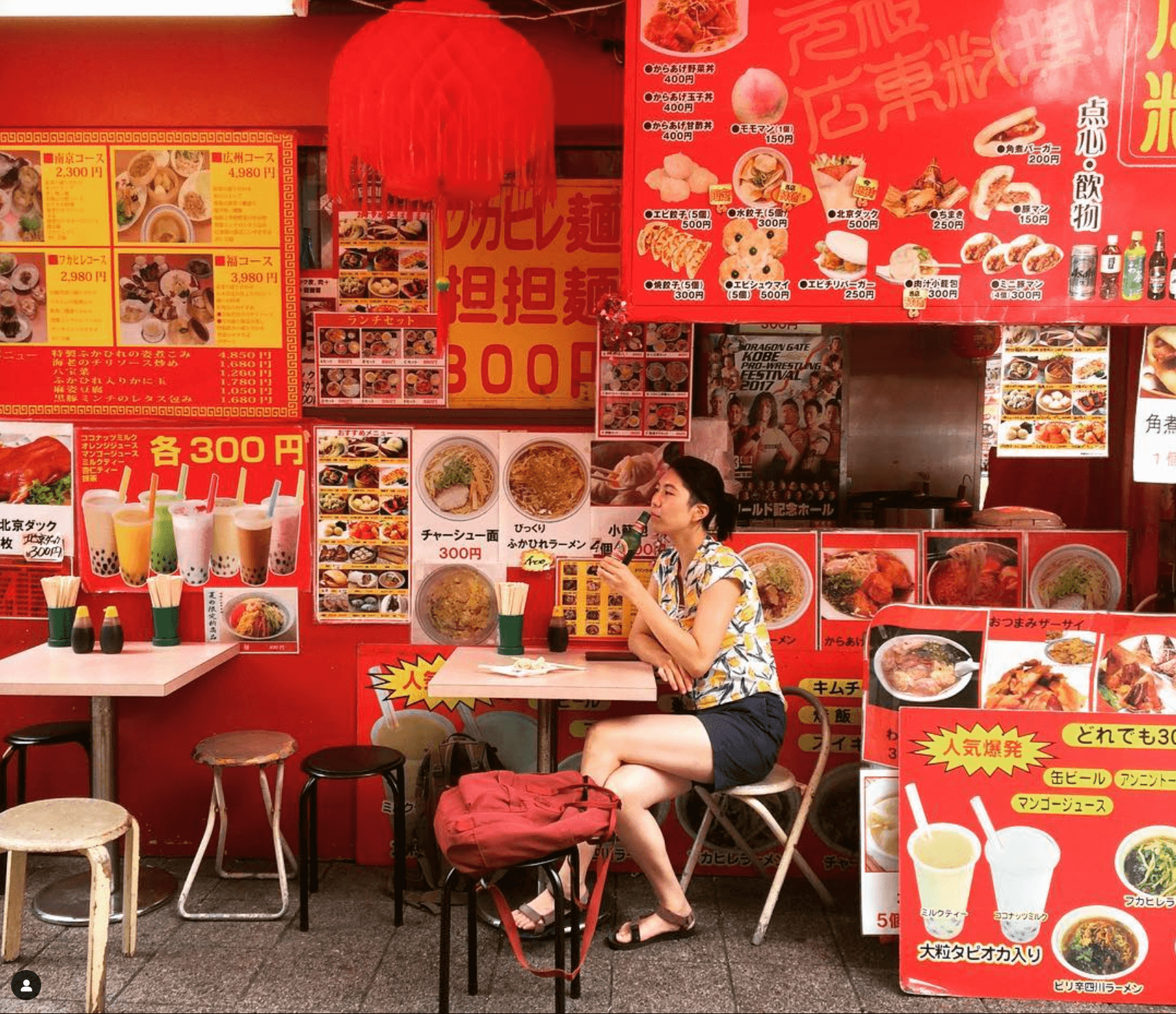
No matter the time of year you’re visiting Kobe, Nankinmachi offers good food and shopping while perhaps best in enjoyed in the summer months, when outdoor vendors offer the usual variety of tasty cuisine and snacks complemented by chilled beers or sweet bubble tea. Lunar New Year in February is of course a great time to visit. First established in the 1860s by Chinese traders, Nankinmachi is as much part of Kobe’s cultural fabric as any other destination on this list and certainly, the brightest and tastiest corner of the city. For accommodation listings in and around Chinatown, see 'Best Areas to Stay in Kobe' below
4 / BAY & HARBOUR DISTRICT inc. MERIKEN PARK / all year round
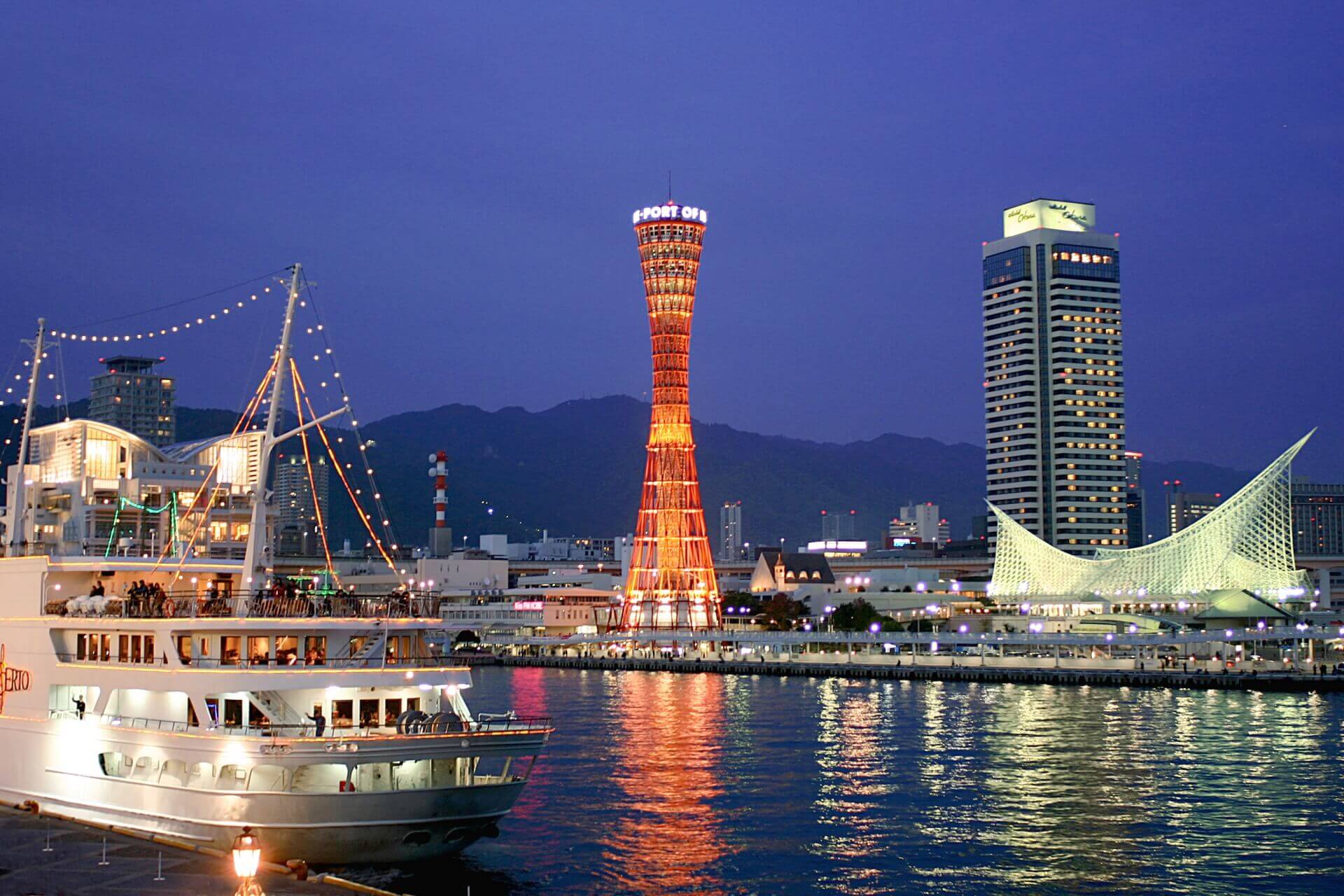
Sitting around 10 minutes walk to the south of Motomachi Station, the Bay district includes many of Kobe’s most popular destinations, starting with Merikien Park. This area was devastated by the 1995 earthquake with much of it redesigned and reconstructed in the following years. Today, the area is home to art installations and the city’s most recognisable modern architecture in the form of Kobe Maritime Museum and Kobe Port Tower – see below for details. Meriken Park also includes a memorial to those killed in the area during the 1995 earthquake including the preservation of a small area of the devastated waterfront. For accommodation listings in and around the bay area, see 'Best Areas to Stay in Kobe' below.
5 / KOBE MARITIME MUSEUM / all year round
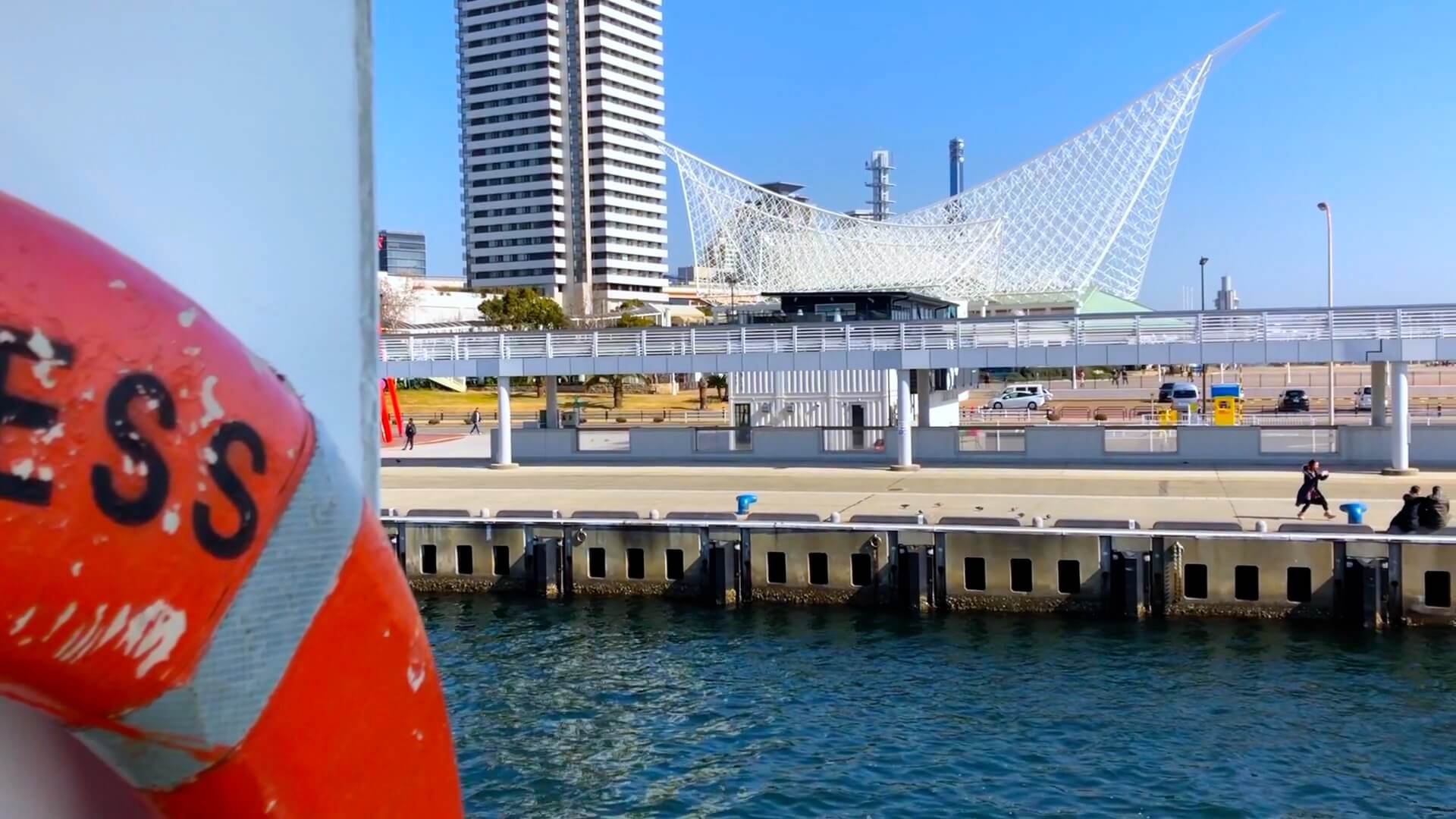
Located within Meriken Park and open daily (other than Mondays) from 10:00 to 17:00, the Kobe Maritime Museum commemorates Kobe’s heritage as a major port and trade city. Displays include reconstructions, models and information about the modern and historic ports, including impressive large-scale reconstruction of boats such as the 19th century 90-gun ‘HMS Rodney’. The museum’s sweeping steel exterior is intended to mimic the sails and rigging of a ship, meaning that you won’t start to find the museum, which can be visited in conjunction with nearby Kobe Port Tower. Admission costs JPY600 for adults and JPY250 for children, or a combined ticket for the museum and Kobe Port Tower is available, JPY1000 for adults and JPY400 for children.
6 / KOBE PORT TOWER / all year round
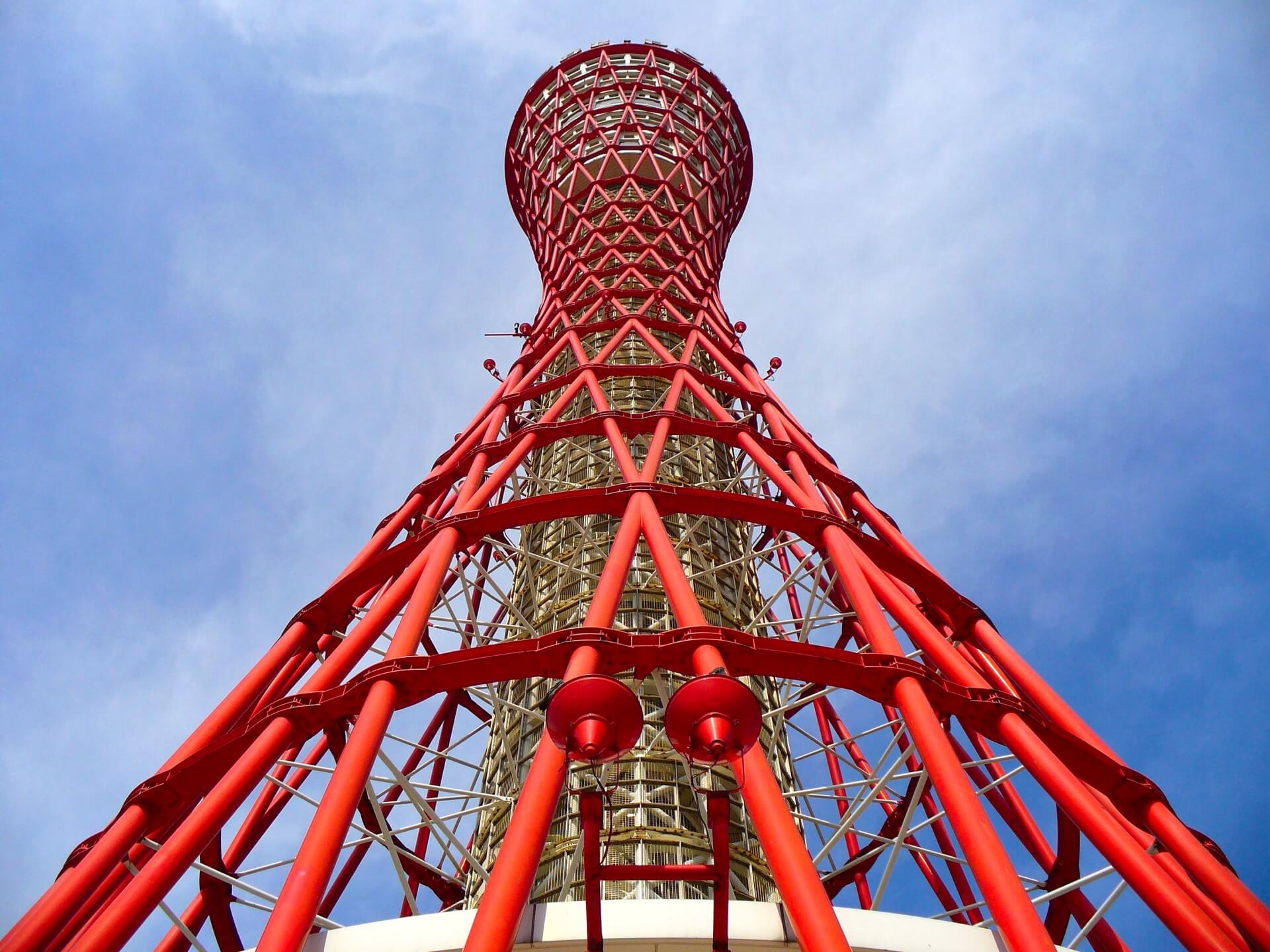
Also located in Meriken Park, Kobe Port Tower rises to 108 metres and is considered the symbol of the city. Built in 1963 by the same company that would go onto to construct Tokyo’s immense ‘Skytree’ in 2010, the red steel lattice frame of the Port Tower is the most visual structure in Kobe illuminated each night. Within the tower there are five observation decks and a rotating restaurant/café that completes a 360° rotation every 20 minutes.
7 / KOBE HARBORLAND / all year round

Under 15 minutes walk to the south-west of Meriken Park and under 5 minutes from Kobe Station, Kobe Harborland is a shopping and entertainment precinct on the waterfront. Part of the same post-1995 redevelopment, Harborland offers a large shopping area divided in to the Mosaic, South Mall and North Mall including large department stores, smaller shops and plenty of eateries. The Renga Soko area is home to a small number of converted 19th century brick warehouses while ‘Gaslight Street’ leads through the centre of Harborland, lit by traditional gas street lamps at night. Harborland also includes a large ferris wheel open everyday from 10:00 until 22:00 – JPY800 per person – with opening hours for stores between 10:00 to 21:00.
8 / HYOGO MUSEUM OF ART / all year round
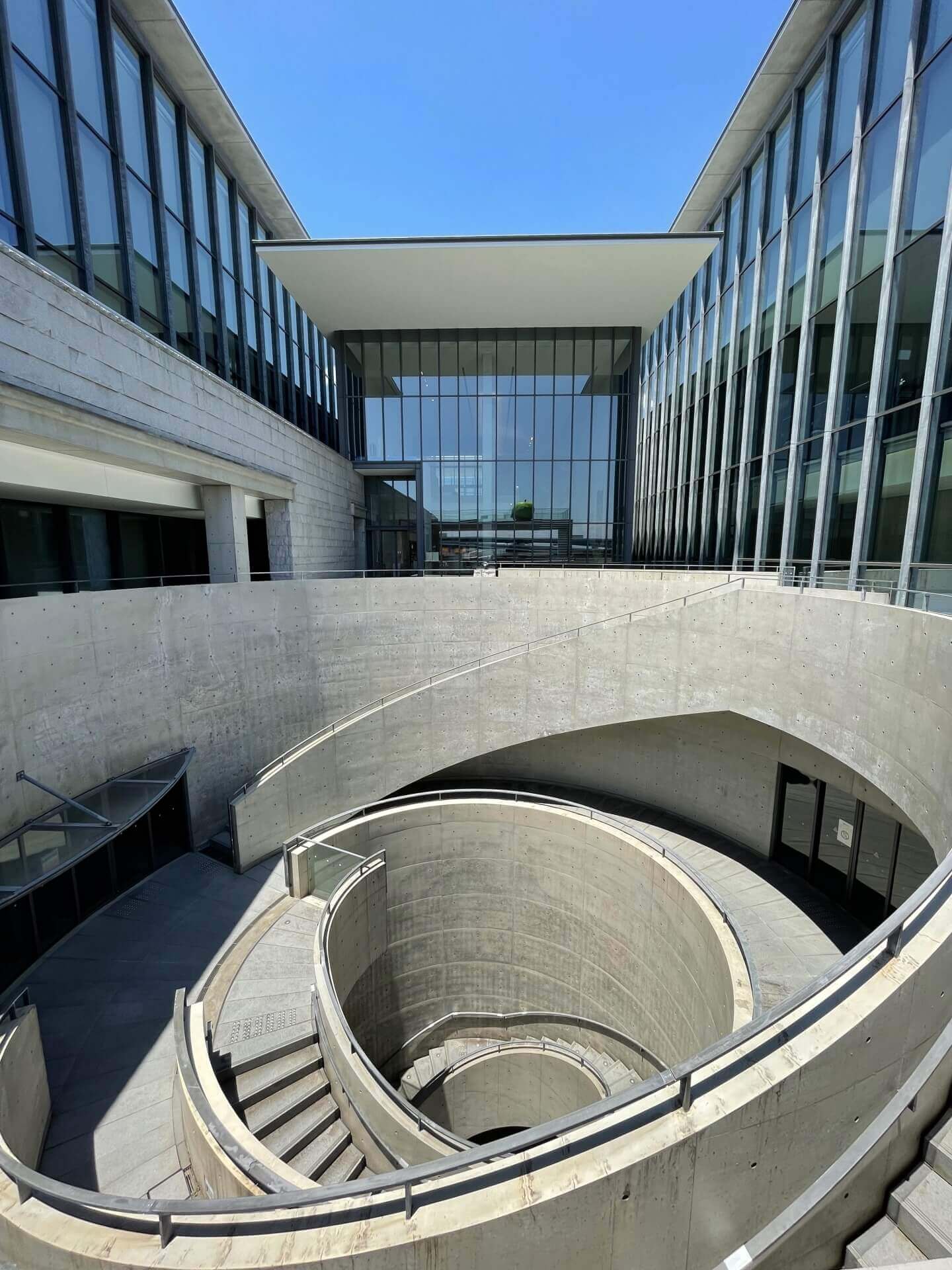
Around 4km to the north-west of Meriken Park - but also part of the same large-scale reconstruction of the bay area after 1995 - the Hyogo Prefectural Museum of Art was designed by acclaimed architect Tadao Ando and houses a large collection of both Japanese and international artists. Focusing on modern and contemporary art, the museum houses permanents collections of two Kobe artists, Ryohei Koiso and Heizo Kanayama, along with celebrated international artist including Picasso, Warhol, Jasper Johns, Manet, Klinger and others. The museum is located in the city’s HAT Kobe District and a short walk from the Great Hanshin-Awaji Earthquake Memorial Museum – see below for details. Instituted as part of the large-scale reconstruction of the city following the devastating 1995 earthquake, the art museum and surrounding precinct stands as a testament of the resilience of the city and its ability to rebuild and redefine itself. Open daily except for Mondays (and closed from Dec.31 to Jan.1) from 10:00 to 18:00 (or 20:00 on Fridays and Saturdays during special exhibitions), last entry is 30 minutes before closing. Admission to the permanent collection is JPY500 with pricing varying for special exhibitions.
9 / KOBE EARTHQUAKE MUSEUM / all year round
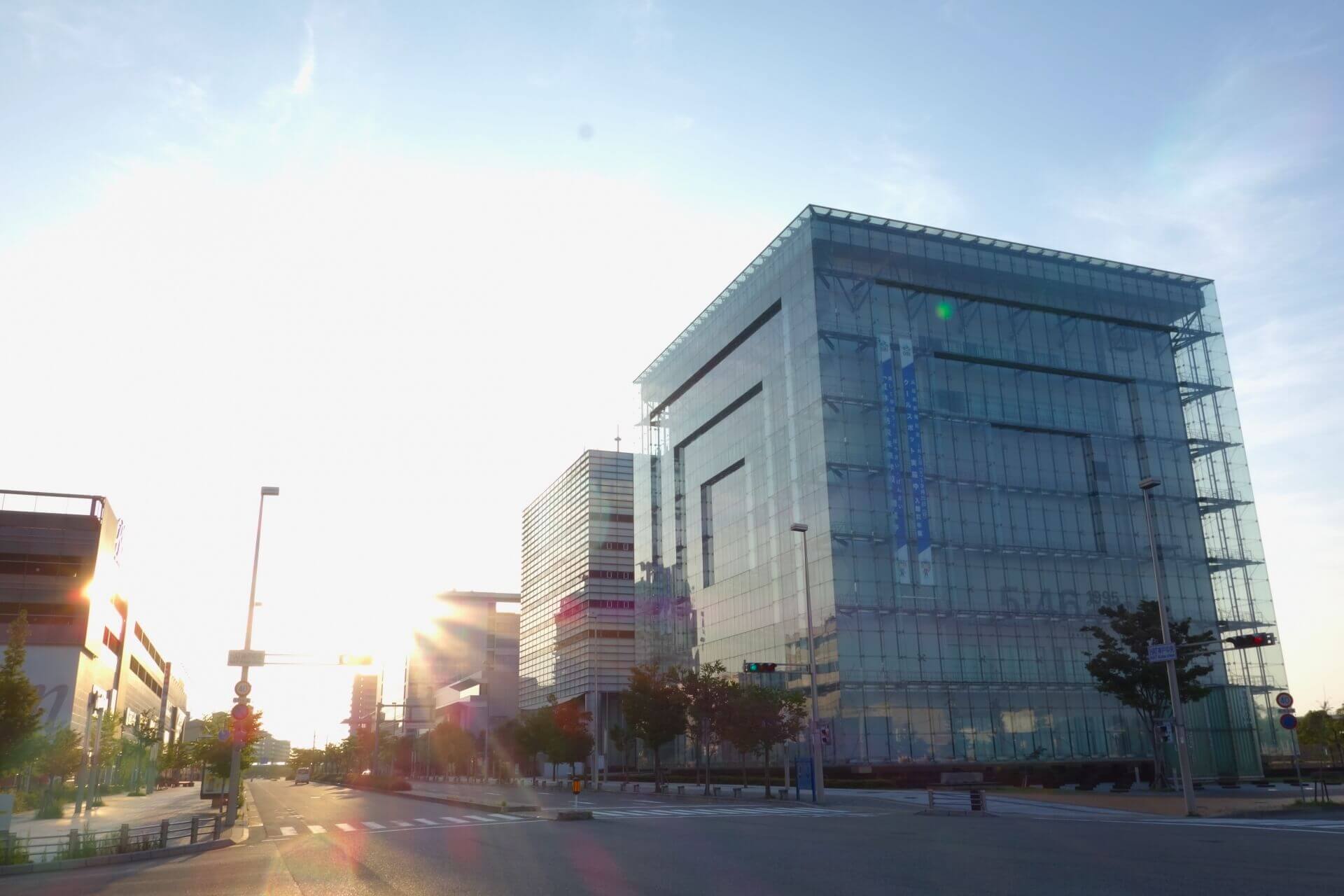
The Great Hanshin-Awaji Earthquake Memorial Museum commemorates and educates about the earthquake that struck Kobe on the morning of January 17th 1995. Measuring 7.3 on the Richter scale, the quake caused devastation across the city and results in the deaths of more than 5000 people. Opened in 2002, the museum includes a large screen theatre playing a vivid documentary about the devastation of that day and the aftermath of the earthquake as the people of Kobe set about rebuilding their lives and the city. The museum also offers a wealth of information and interactive displays make it well-worth visiting. English information and audio guides are available, with English-speaking guides also in attendance. Open daily except for Mondays (and closed from Dec.31 to Jan.1) from 09:30 to 17:30, last entry is one hour before closing. Opening hours are extended until 18:00 from July to September and until 19:00 on Fridays and Saturdays throughout the year. Admission is JPY600.
10 / NADA ‘SAKE’ DISTRICT / all year round
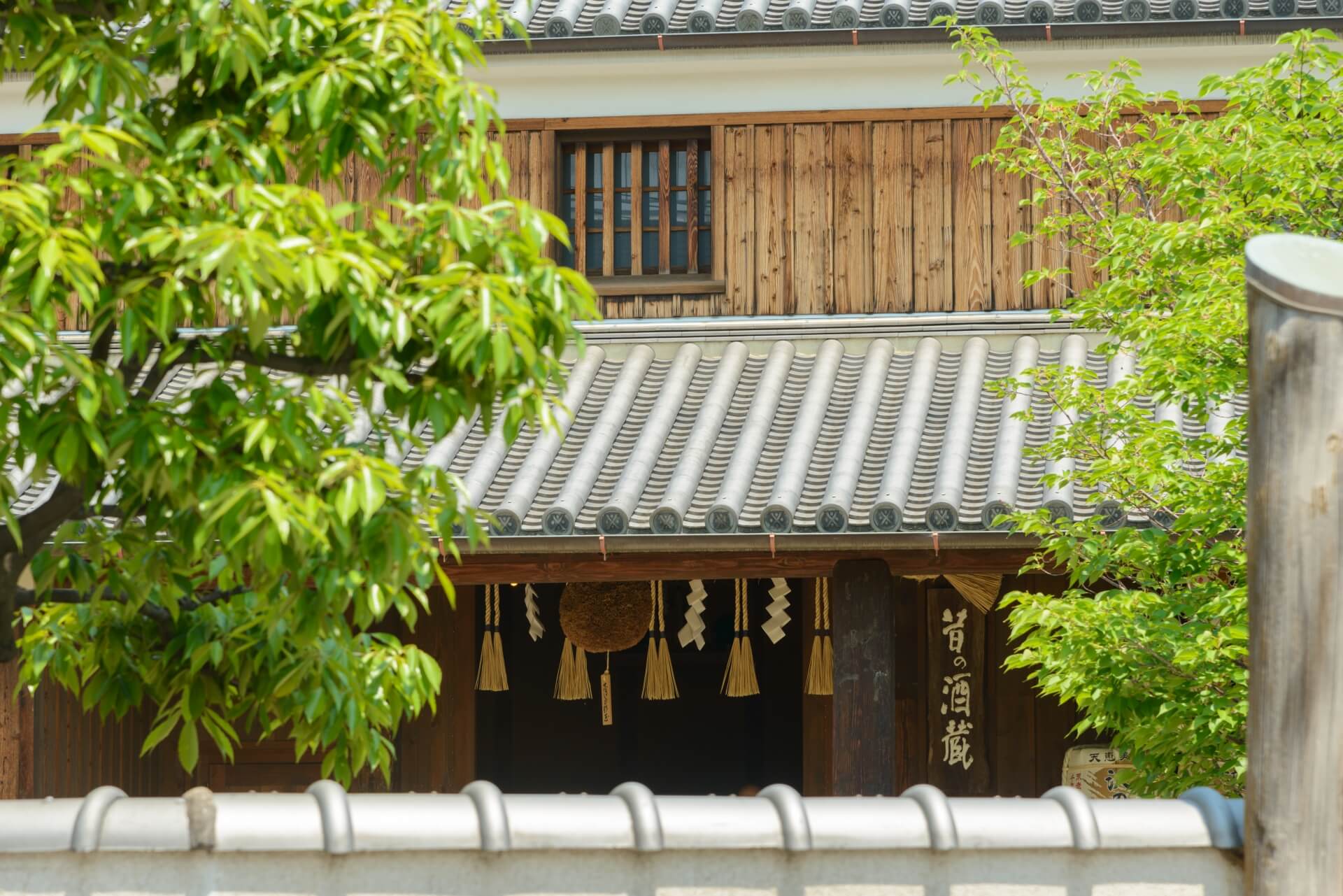
The Nada district of Kobe is one of Japan’s most acclaimed ‘sake’ localities, with around thirty breweries producing around one quarter of the entire country’s output. Taking advantage of the mineral-rich ‘miya-mizu’ water and high-quality rice, Nada’s sake heritage stretches back more than 700 years and today this day is regarded as some of Japan’s best. The district spans around 3 kilometres east to west, meaning that it can be explored on-foot as you move from brewery to brewery, many of which have shops and tasting rooms. A couple even have museums proudly telling their story and that of the Nada tradition. The Hakutsuru Sake Brewery has a very good museum with some English information available, in a pleasant traditional building and with tasting available. Open daily from 09:30 to 16:30 (with last entry at 16:00), admission is free. You can access Nada from multiple stations including Iwaya Station, Nishinada Station, Oishi Station and others along the Hanshin Line.
11 / KOBE BEEF / all year round
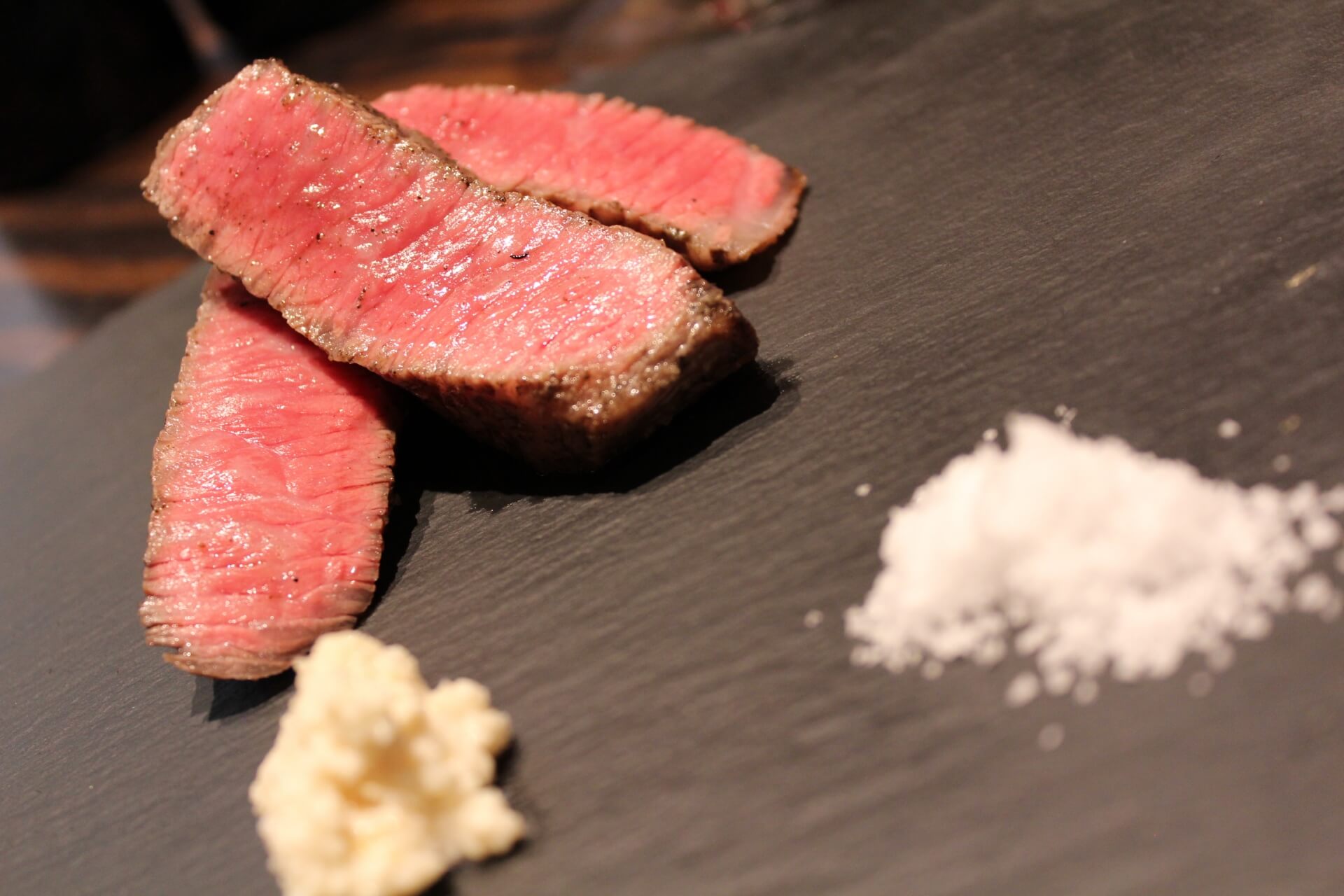
‘Kobe beef’ is a regional breed of ‘wagyu’ (Japanese cattle) known for its flavourful taste and tender, well-marbled texture. It is without question the city’s most famous cuisine and arguably the most famous type of wagyu for international visitors. Served in restaurants throughout the city – and throughout Japan for that matter – it is typically served as steak, in ‘shabu shabu’ and ‘sukiyaki’ and of course as ‘teppanyaki’ where the chef grills your wagyu on a plate in front of you. Basically, if you eat meat and you’re in Kobe, then sitting down to at least one meal of local wagyu is a must-do.
12 / SORAKUEN GARDEN / all year round
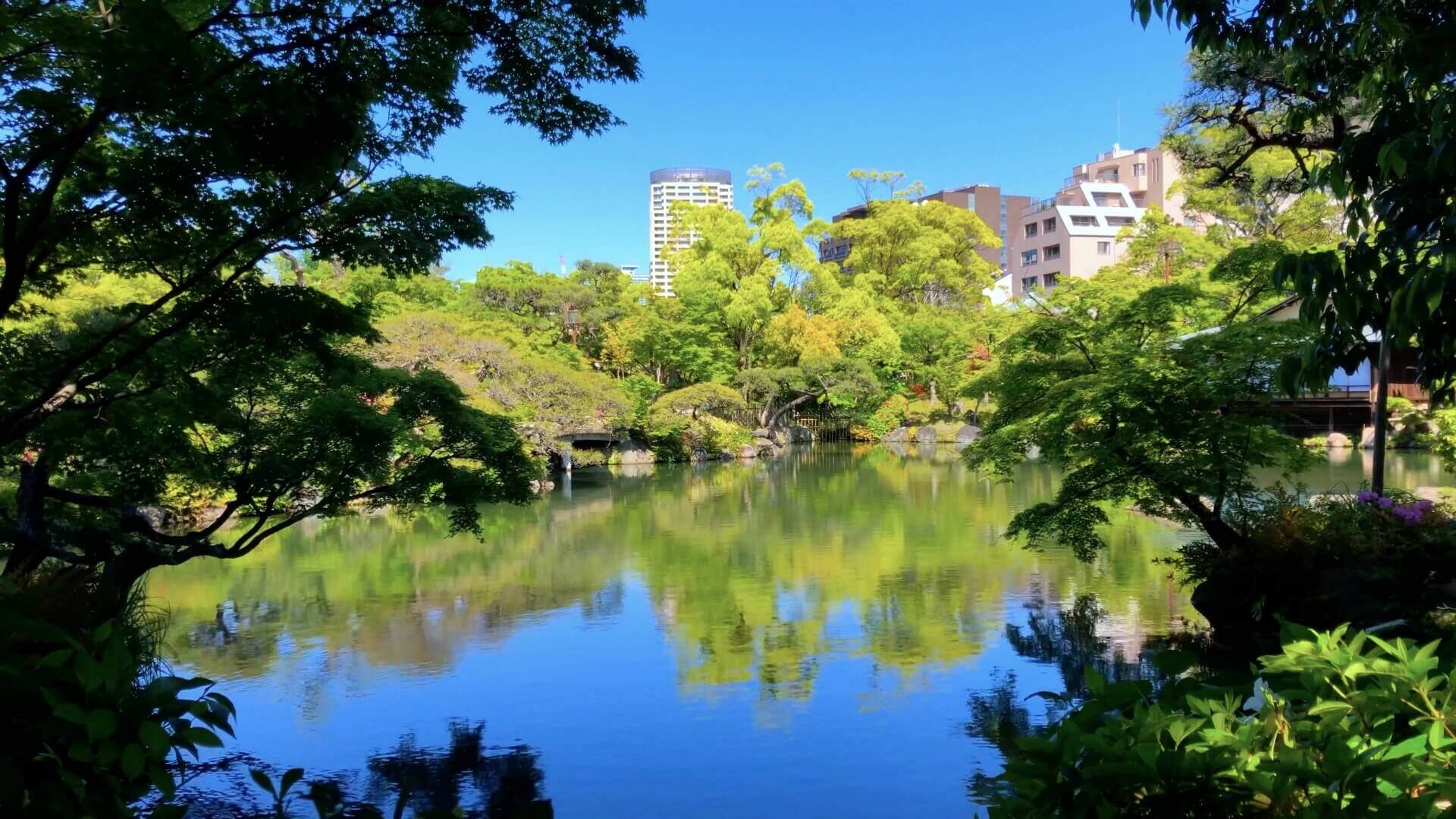
Sorakuen is located around 10 minutes from Motomachi Station – with Kencho-Mae Station being the nearest, only 5 minutes walk – and is open daily (other than Thursdays and from Dec.29 to Jan.3) from 09:00 to 17:00 with last entry at 16:30. A traditional Japanese garden, it was completed in the 20th century as part of the former residence of a major of Kobe. Sadly, almost all original buildings were destroyed in the war however the garden remains a fine example of ‘nihon teien’ (Japanese garden) design. Famous for its azaleas of spring and chrysanthemums of autumn, the garden is at its busiest during those seasons. Admission is JPY300.
13 / KOBE NUNOBIKI ROPEWAY / all year round
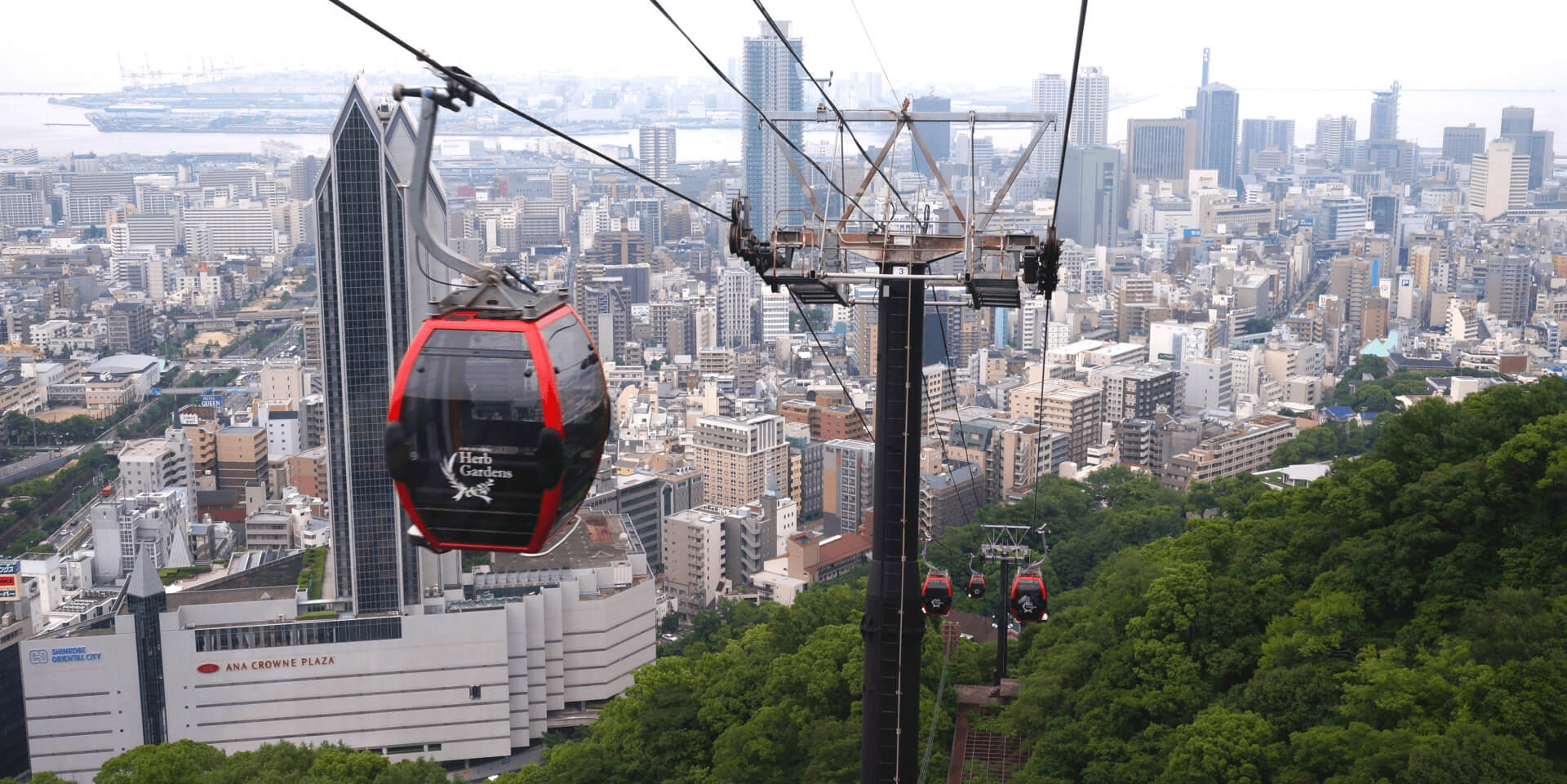
Operating a short walk from Shin-Kobe Station, Kobe Nunobiki Ropeway runs around 10 minutes to an observation deck looking back over the city. Enroute to the stop station passengers can enjoy great views of the city and harbour, while also passing over Nunobiki Waterfall and Nunobiki Herb Garden.
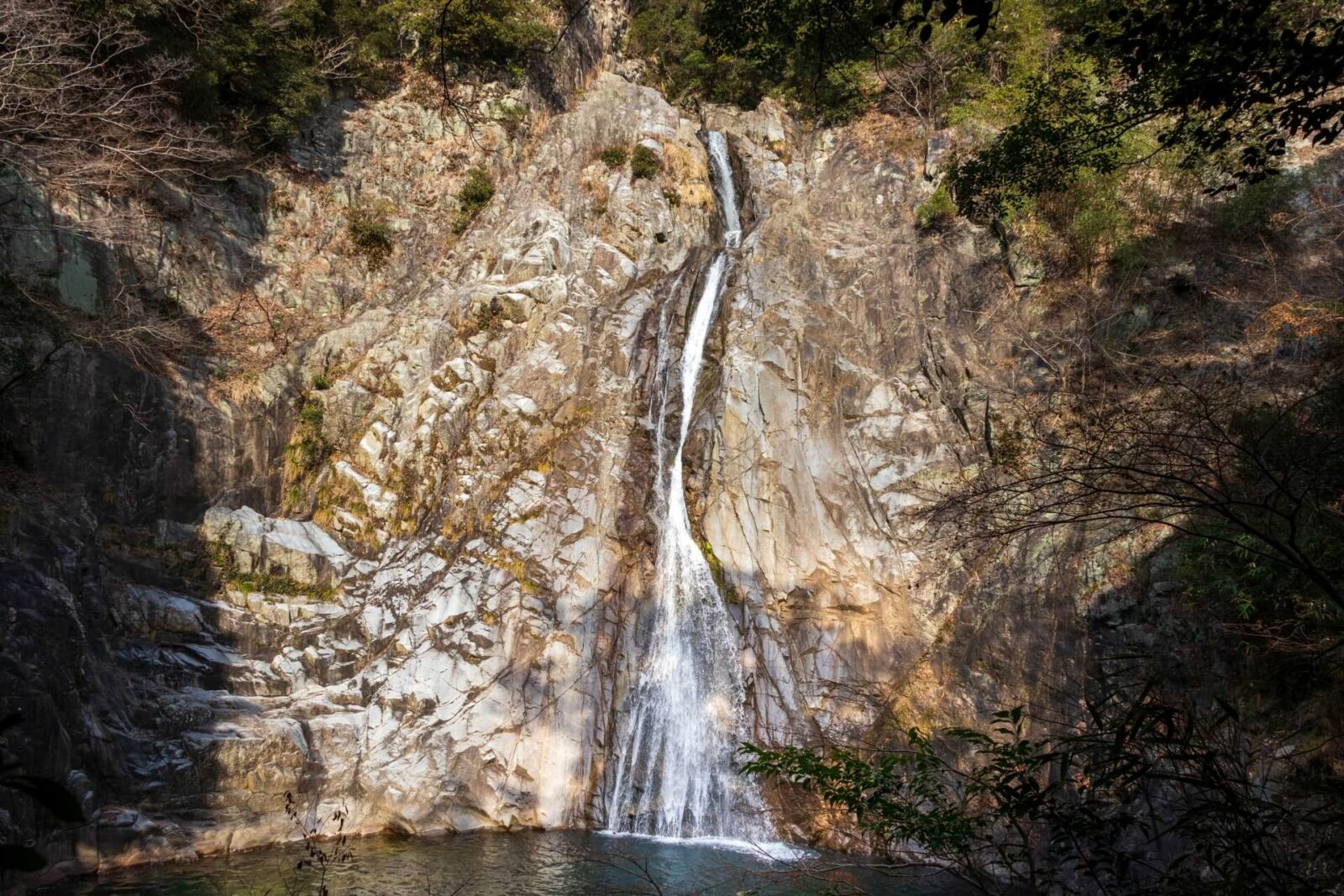
There is a middle station along the way, allowing passengers to disembark and walk to the herb garden, waterfall or back to the city below; with the option of doing the same from the top station. Nunobiki Herb Garden is well-worth exploring – one of Japan’s largest with hundreds of species of herbs and seasonal flowers. To access the ropeway, it’s only a 5 minute walk from Shin-Kobe Station to the lower station. The ropeway operates daily from 09:30 to 17:00 (until 20:30 on weekends, public holidays and from Jul.20 to Aug.31) and costs: JPY1500 for a roundtrip or JPY950 one-way with both tickets including admission to the herb garden.
14 / STAY IN ARIMA ONSEN / all year round
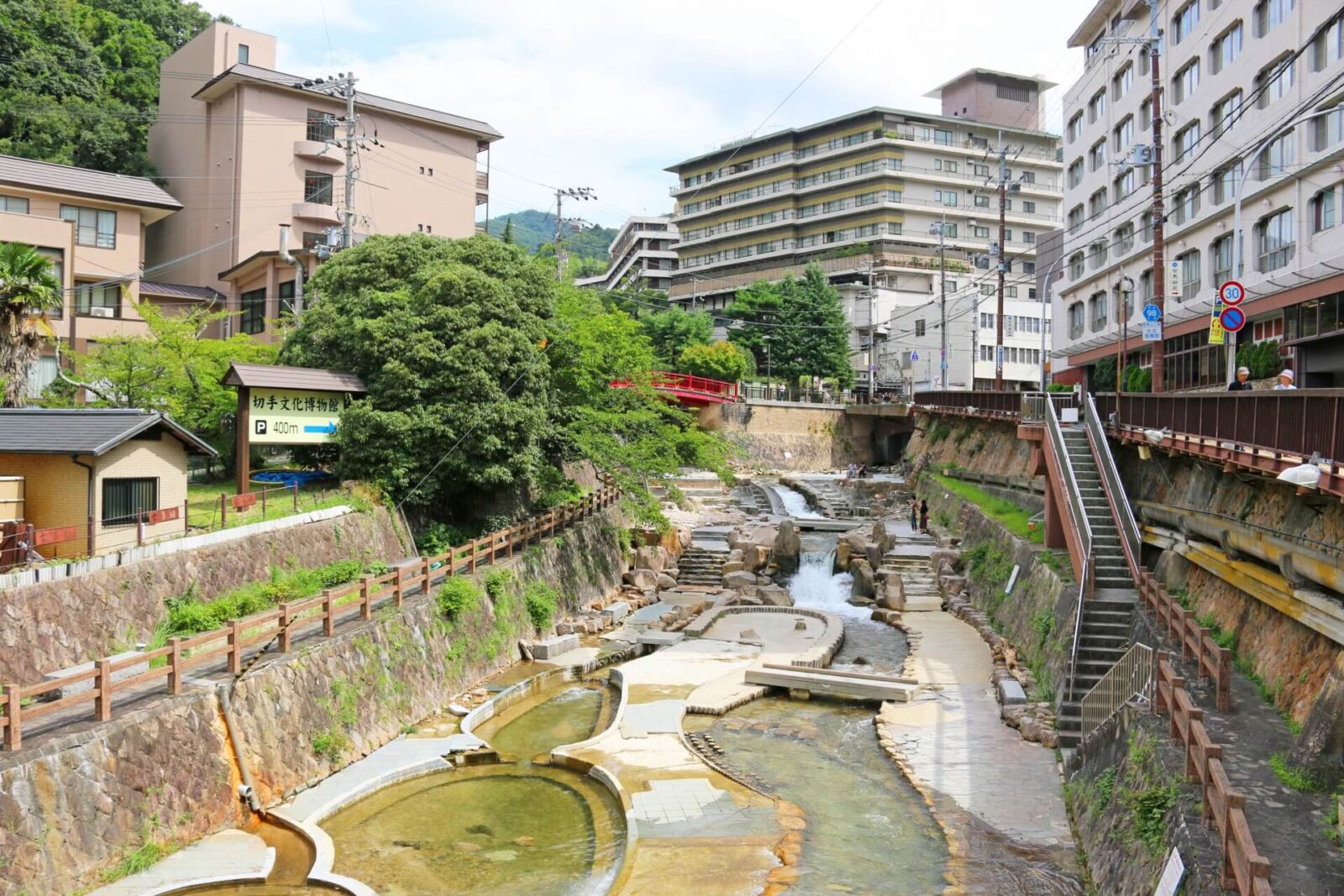
Sitting around 20km to the north-east of the city, Arima Onsen is a well-known hot spring town popular with Kobe residents along with those coming from Osaka. In-keeping with many hot spring towns in Japan, development through the 70s to 90s wasn’t thought-out all too well, with many traditional buildings replaced with large-scale, aesthetically dull hotels. While there’s plenty of that in Arima, enough traditional charm remains to imbue it with a good amount of character. The town’s ‘kinsen’ (golden water) is iron-rich and said to be good for skin ailments while Arima’s ‘ginsen’ (silver water) contains both radium and carbonate, which aids muscle and joint problems.
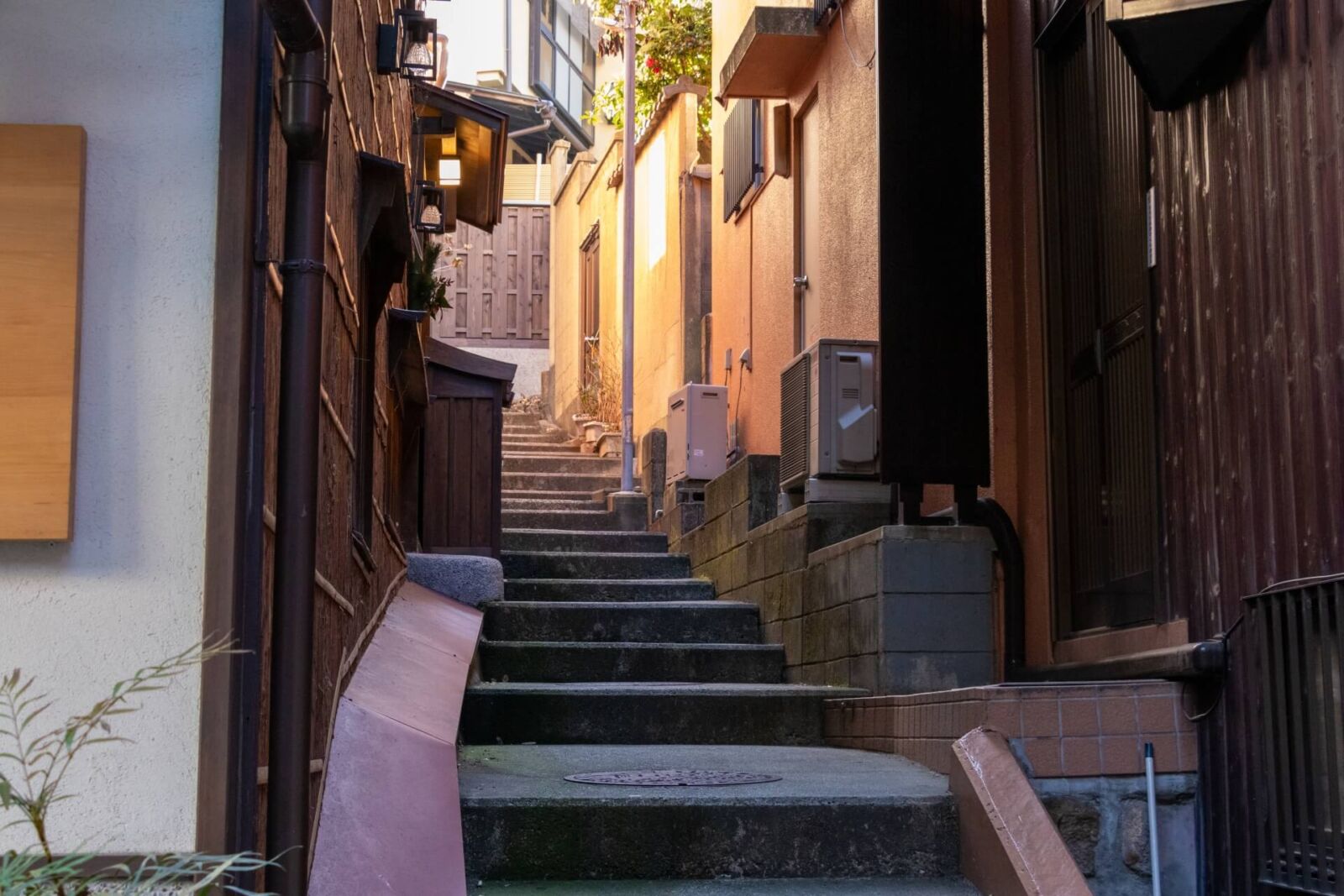
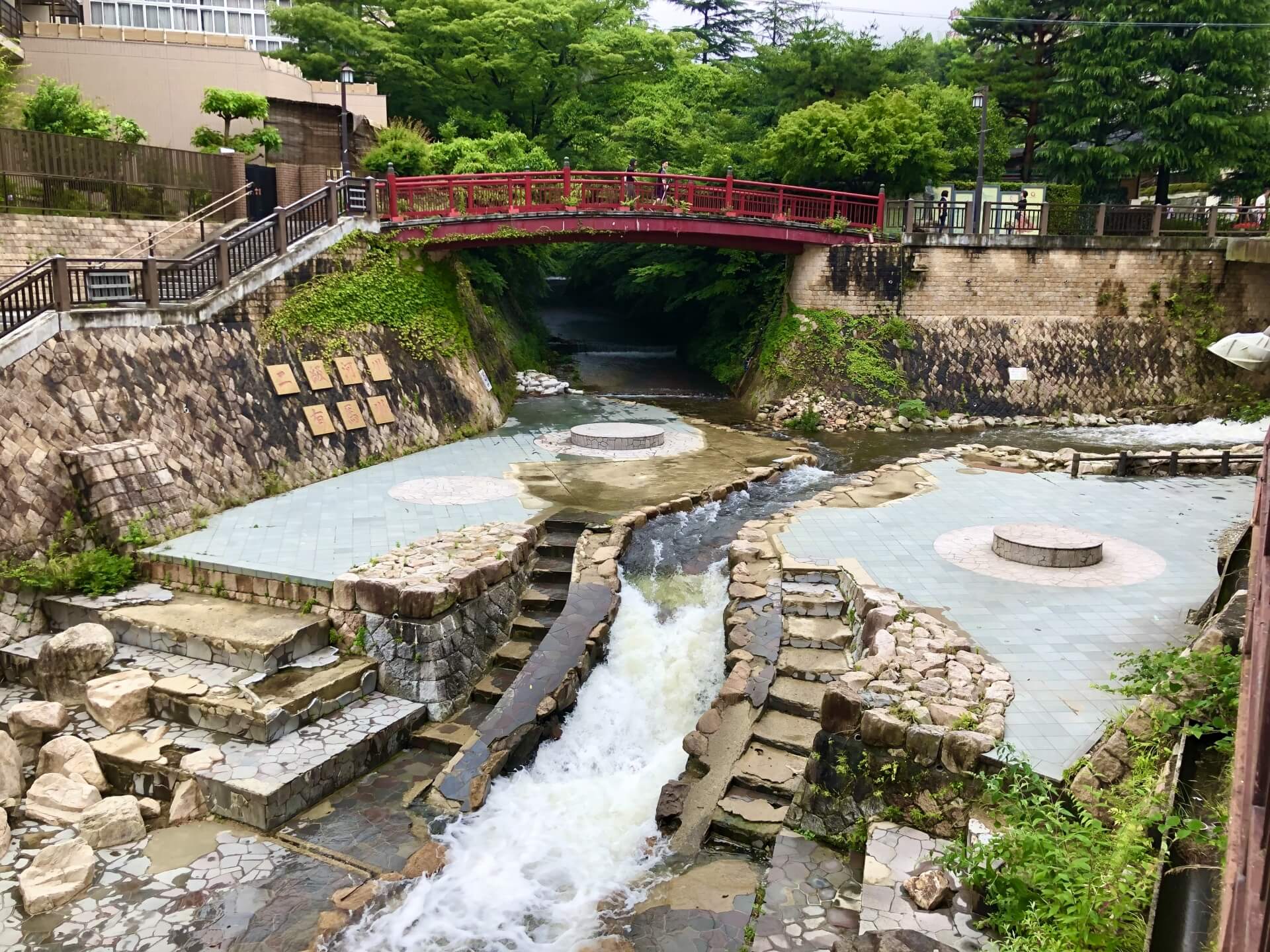
There’s plenty of accommodation to choose from, with most hotels and guesthouses having in-house hot springs for the use of guests (with some opening their baths to paying visitors during the day). In addition, Arima Onsen has two public bathhouses and a good number of restaurants. Starting from Shin-Kobe Station or Sannomiya Station, it takes around 30 to 40 minutes / JPY680 to reach Arima Onsen by train. From either station, take the subway to Tanigami Station and transfer to the Shinetsu Arima-Sanda Line to Arimauchi and transfer gain to the Arima Line bound for Arimaonsen Station. For accommodation listings in and around Arima Onsen, see 'Best Areas to Stay in Kobe' below.
Experience the perfect blend of natural beauty, cultural charm, and ultimate relaxation. Begin your journey exploring Kobe's stunning landscapes and vibrant culture, then escape to the serene Arima Onsen to rejuvenate your senses. This unforgettable tour promises the very best of Kobe!
15 / VISIT HIMEJI / all year round
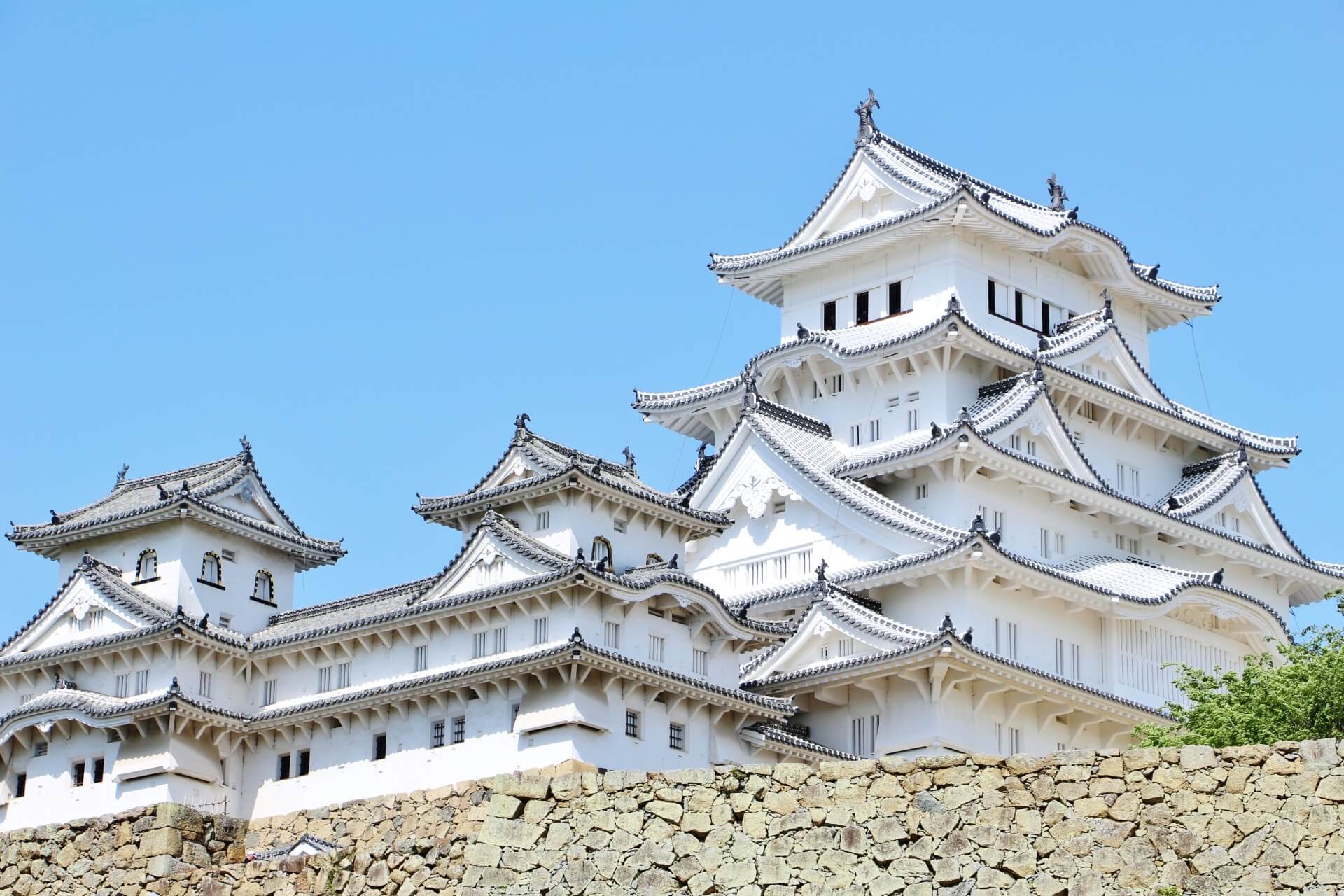
The small city of Himeji lies is only 15 minutes from Shin-Kobe Station using the San’yo Shinkansen or 40 minutes from Sannomiya Station using the JR Special Rapid service. Himeji is most famous for its astonishing castle, considered the most beautiful castle in Japan and a World Heritage site. In addition, Himeji has a couple of other enticing attractions including the temple mountain complex of Mount Shosha and traditional Kokoen Garden. Our ’7 Things to Do Around Himeji & Where to Stay’ page has some great suggestions on what’s on offer there along with the best places to stay remembering that if you’re staying in Kobe, Himeji is easy to enjoy as a day-trip.
Join our Himeji tour today! Explore ancient gardens, temples, and monuments, and discover the intangible culture that brings Japan’s history to life. Join our tour and experience the magic for yourself!
Best Areas To Stay In Kobe

When visiting Kobe, the central districts around Sannomiya Station, Nankinmachi ‘Chinatown’ and the bay area offer the greatest amount of accommodation and greatest convenience in terms of access to the city’s main stations and attractions. In addition, the more distant Arima Onsen offers visitors the chance to get-out of the central city and enjoy a traditional hot spring guesthouse. Let’s start with the most central and convenient option:
SANNOMIYA STATION AREA
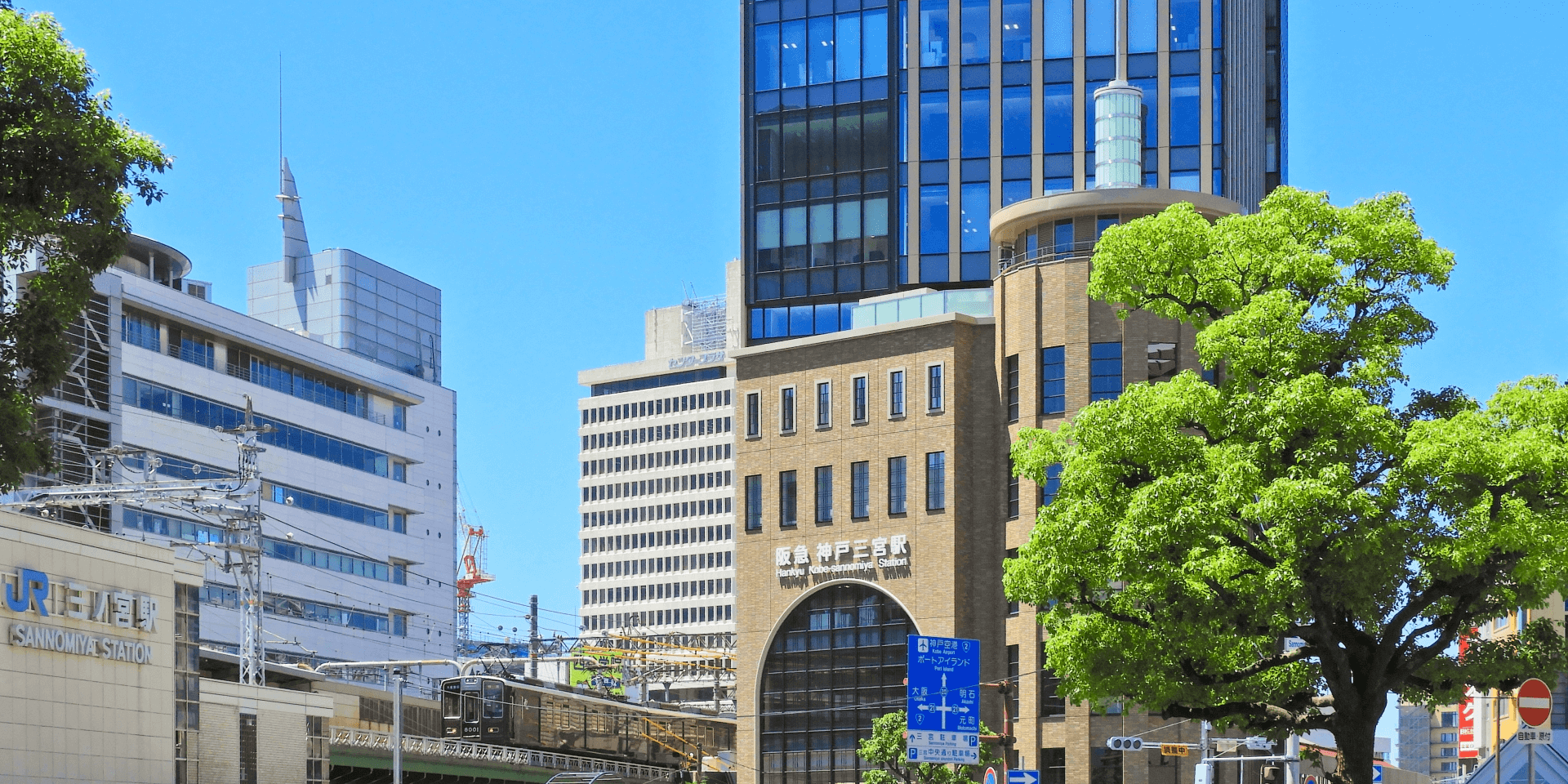
The area around Sannomiya Station is the most central in the city in terms of access to the most popular attractions, shopping, dining, nightlife and greatest number of hotels and other accommodation. You’ll find a good range of large to mid-sized Western-style hotels either side of the station, along with budget options and self-contained accommodation. Given the amount of things to do in the immediate neighbourhood, and the ease with which you can move to and from Sannomiya Station to other areas of the city, we recommend staying in this area. For more information including links to accommodation listings, see our ‘Sannomiya Station Area’ hotel page.
NANKINMACHI ‘CHINATOWN’ AREA
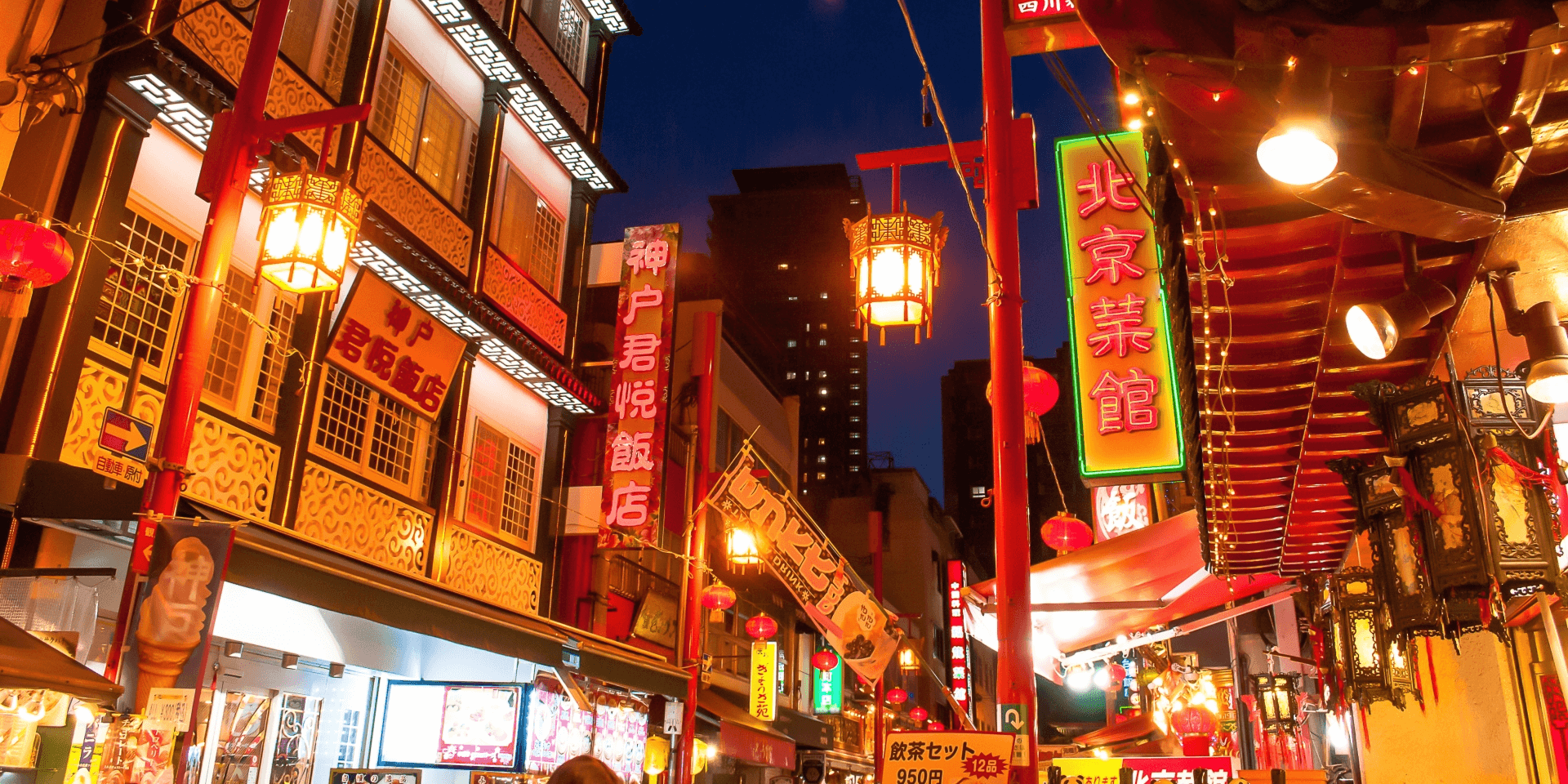
A visit to Nankinmachi or ‘Chinatown’ area of Kobe is one of the real highlights of any visit to the city also an area in which you’ll find some good accommodation options. There’s a good range of mid-range to budget hotels with prices typically a little cheaper than around Sannomiya Station. The two areas are located very close together so whichever area you choose to stay will put you within easy reach of the city’s main attractions. For more information including links to accommodation listings, see our ‘Nankinmachi ‘Chinatown’ Area’ hotel page.
KOBE BAY AREA
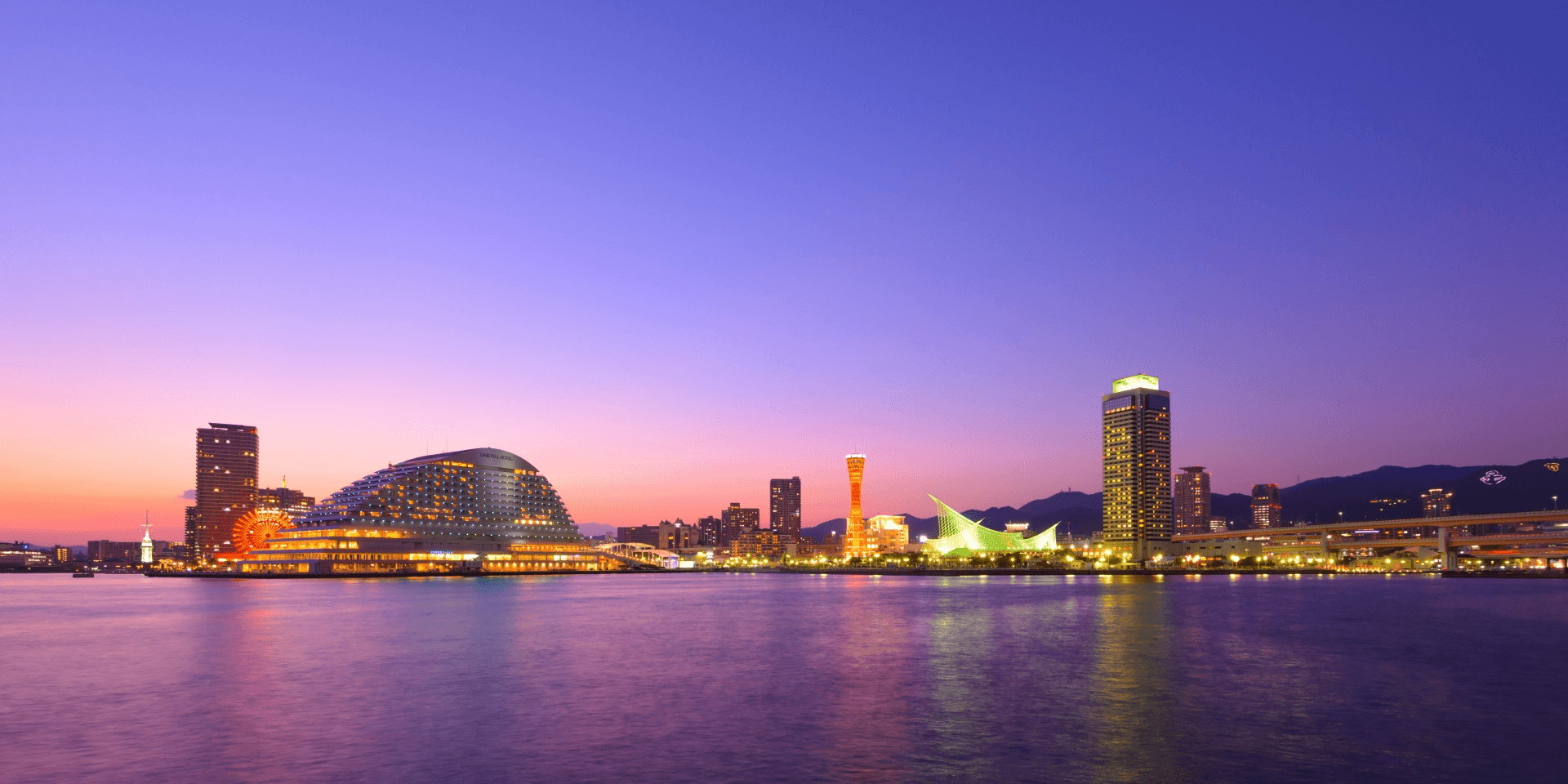
Noting that parts of the Bay Area overlap with Kobe’s Nankinmachi ‘Chinatown’ Area, staying seaside while in Kobe puts you within easy reach of most attractions while providing a sense of the city’s maritime character. The Bay Area takes in Meriken Park, Kobe Harborland and other neighbourhoods in which you’ll some of the city’s best hotels including Hotel Okura Kobe, Meriken Park Oriental Hotel and Hotel La Suite Kobe Harborland plus more options around Kobe Station. For more information including links to accommodation listings, see our ‘Kobe Bay Area’ hotel page.
ARIMA ONSEN AREA
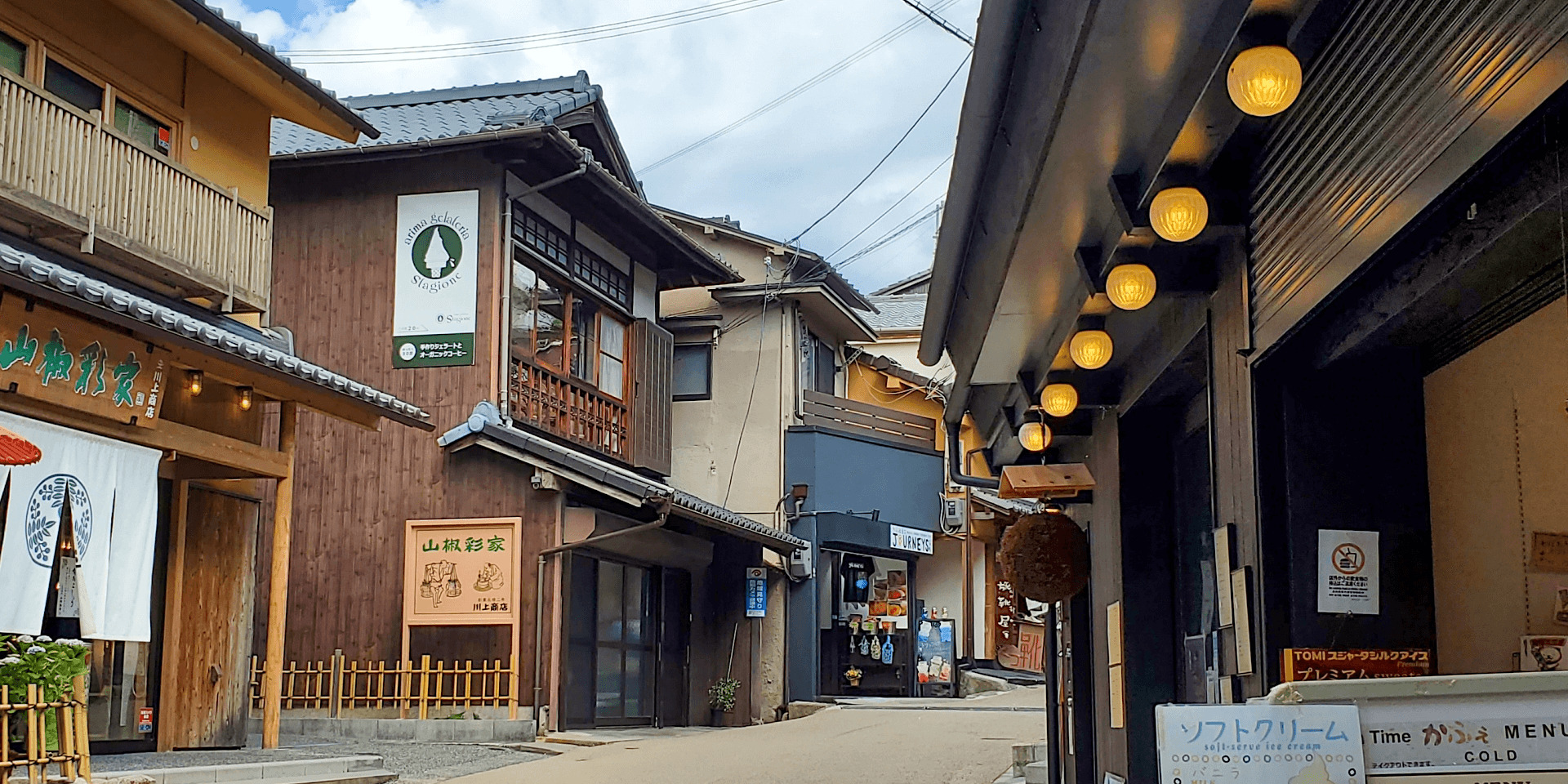
Our final recommendation is hot spring district of Arima Onsen. Around 30 to 40 minutes from Shin-Kobe Station or Sannomiya Station, Arima Onsen is a traditional hot spring area offering lots of accommodation including ‘onsen’ (natural hot spring) guesthouses. Ranging for large hotels to small, family-run guesthouses, you’ll find a wide range of accommodation including high-end, mid-range and budget hotels and guesthouses – a good option for anyone wanting to enjoy a more traditional stay while in Kobe. For more information including links to accommodation listings, see our ‘Arima Onsen Area’ hotel page.
How To Get To Kobe
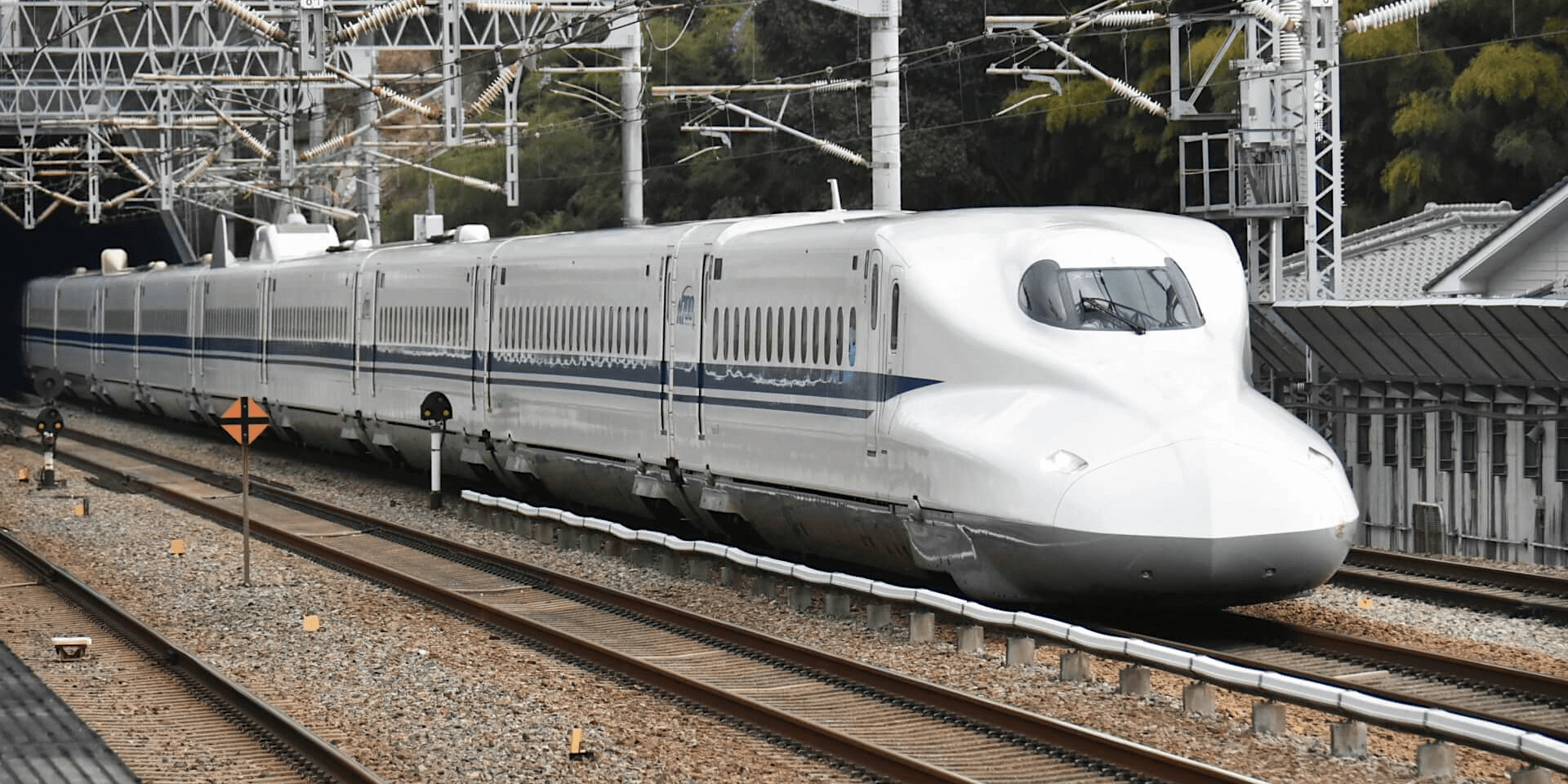
Kobe is quick and easy to reach thanks to the San’yo Shinkansen line running from nearby Osaka to Hakata in Fukuoka. Rapid and local services also connect to Shin-Kobe Station, Kobe Station and Sannomiya Station via regional lines, providing traveller with different transport options to and from the city. Our ‘How to Get to Kobe’ page has everything you need to know about how to get there from common starting points such as Osaka, Hiroshima, Kyoto, Tokyo and beyond.
Plan Your Visit To Japan
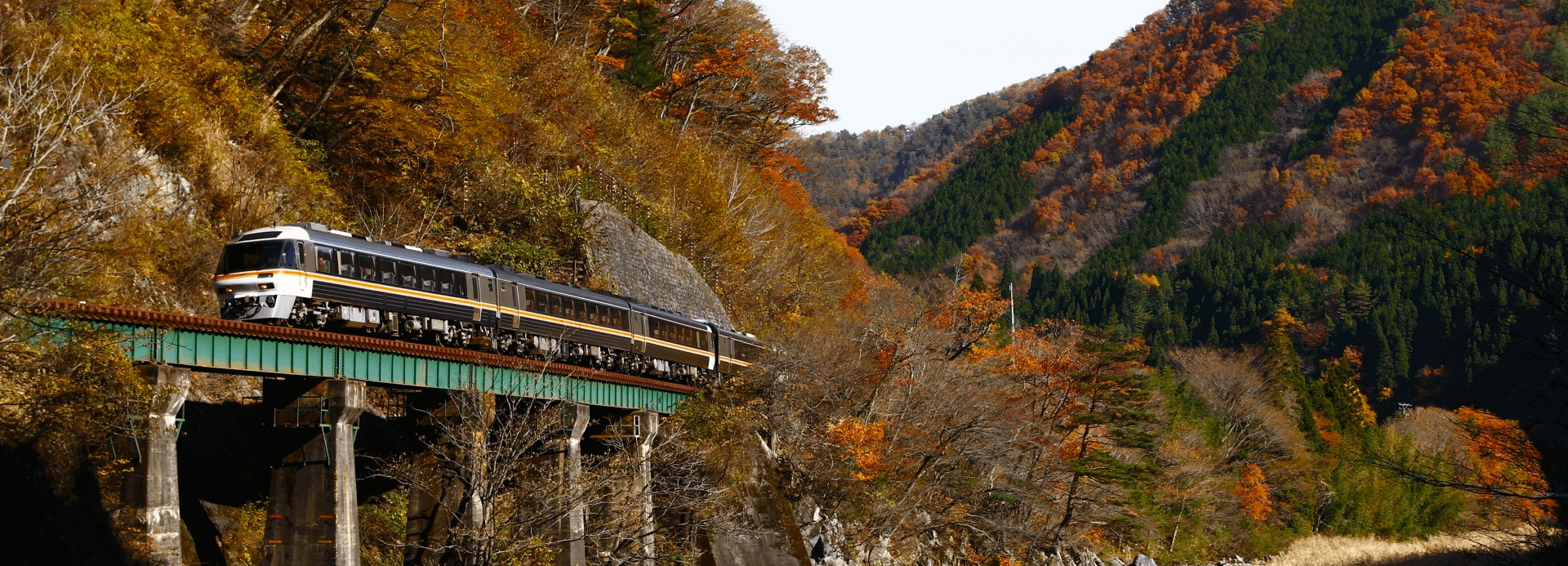

Heading to Kobe using the rail system is quick, easy and comfortable. Unfathomable in its size and efficiency, moving around the country by train opens-up all regions of Japan for exploration. Our ‘Plan Your Visit’ page has everything you need to know about visiting Japan – from tips on the best time to travel, times to avoid, entering and exiting the country, money matters, staying connected, accommodation, staying safe and healthy and plenty more to ensure that you get the most out of your time here.














